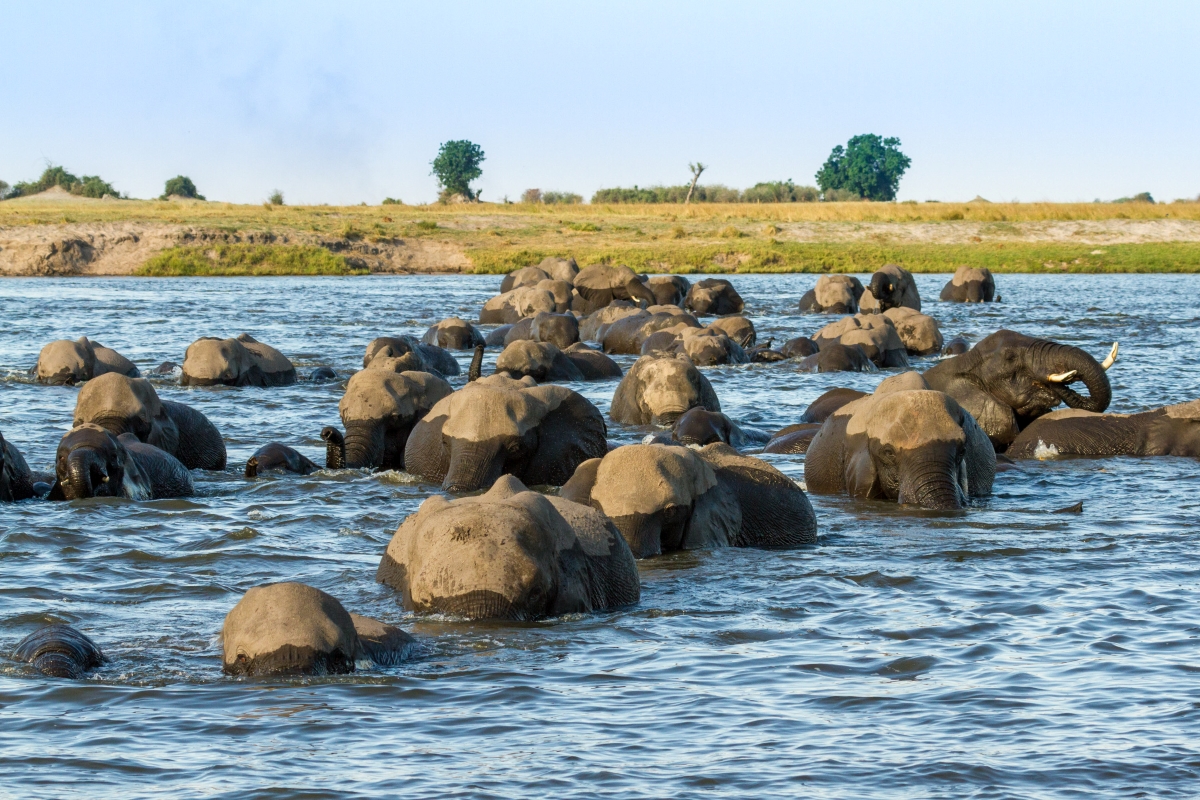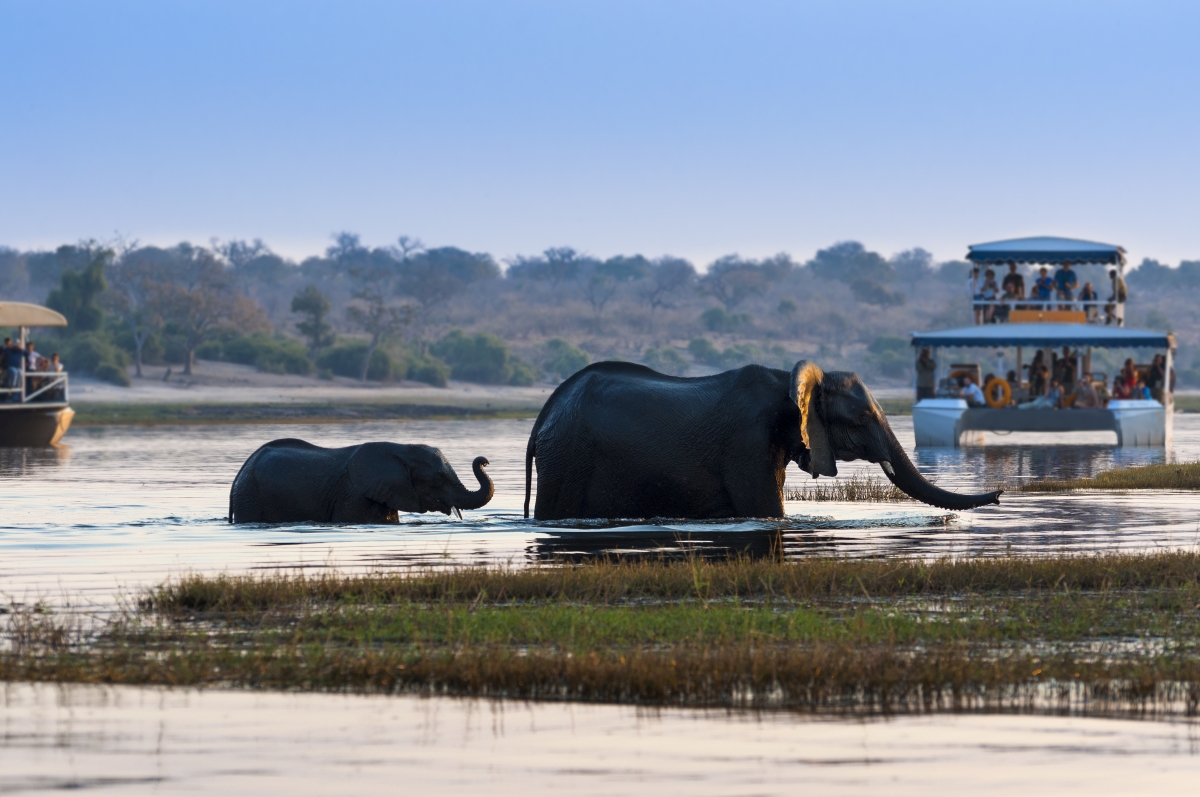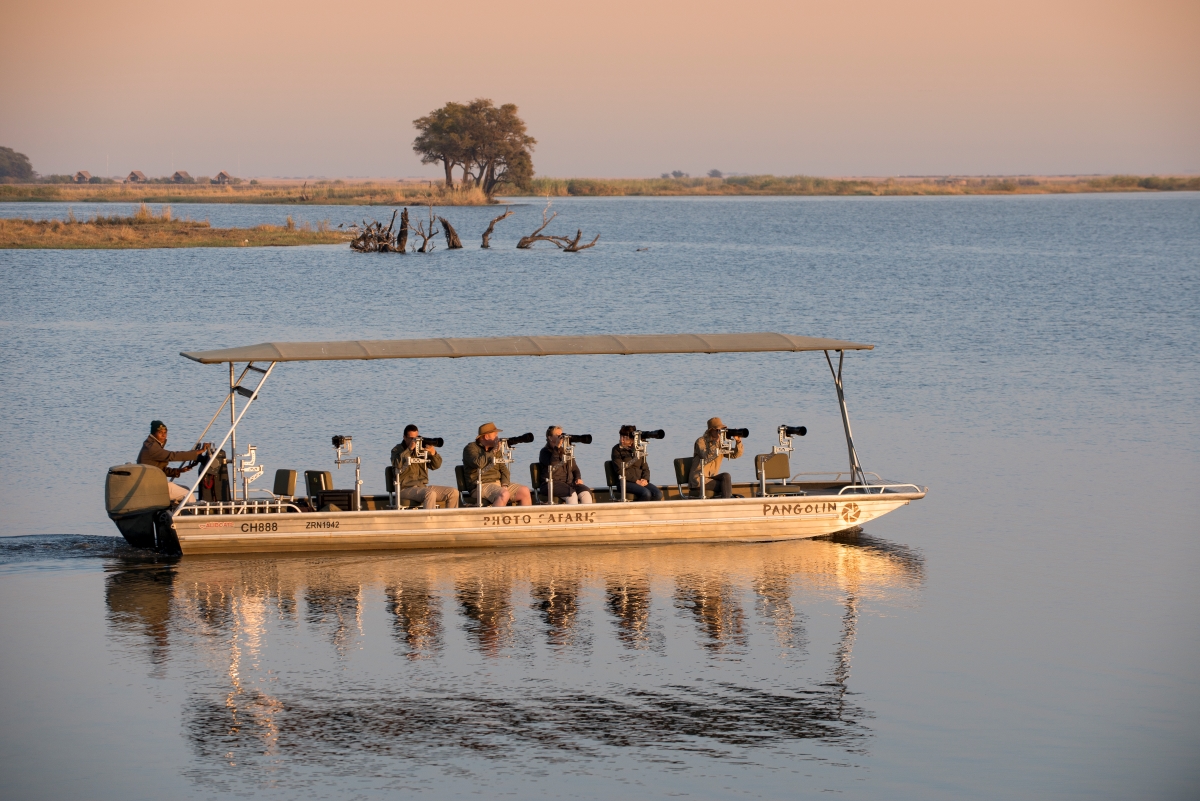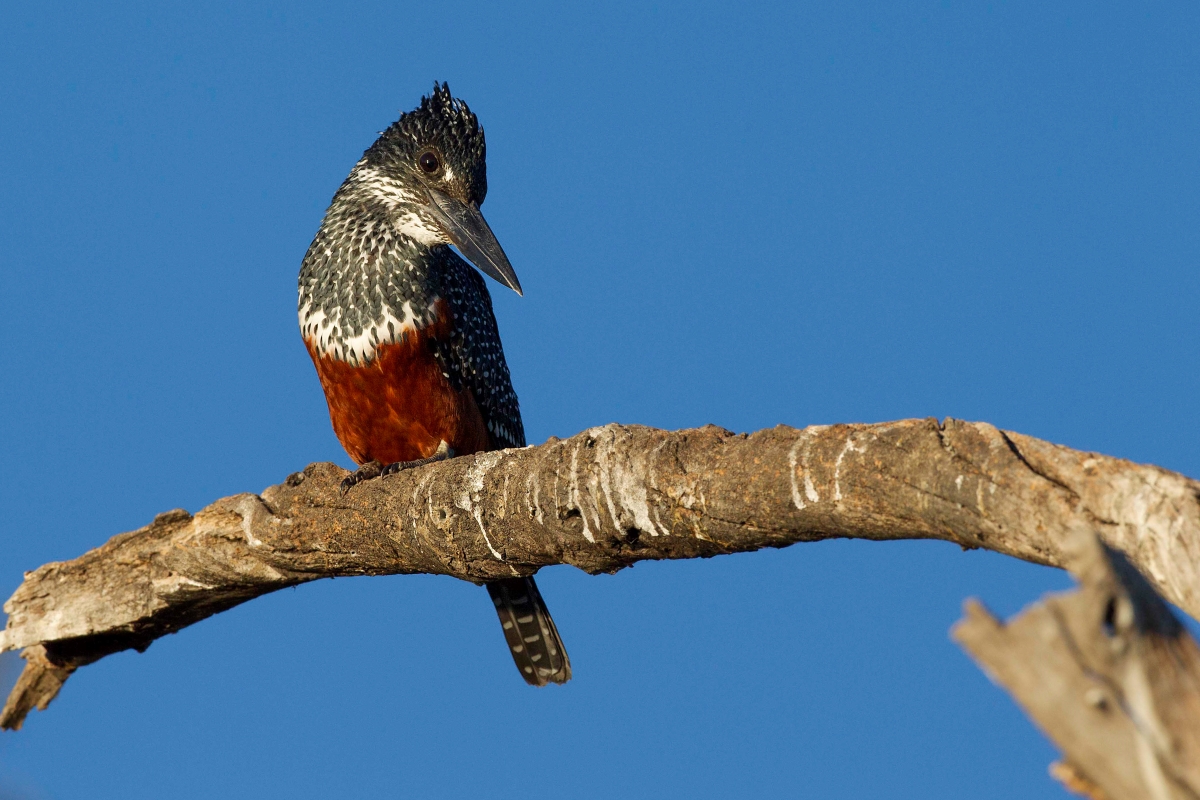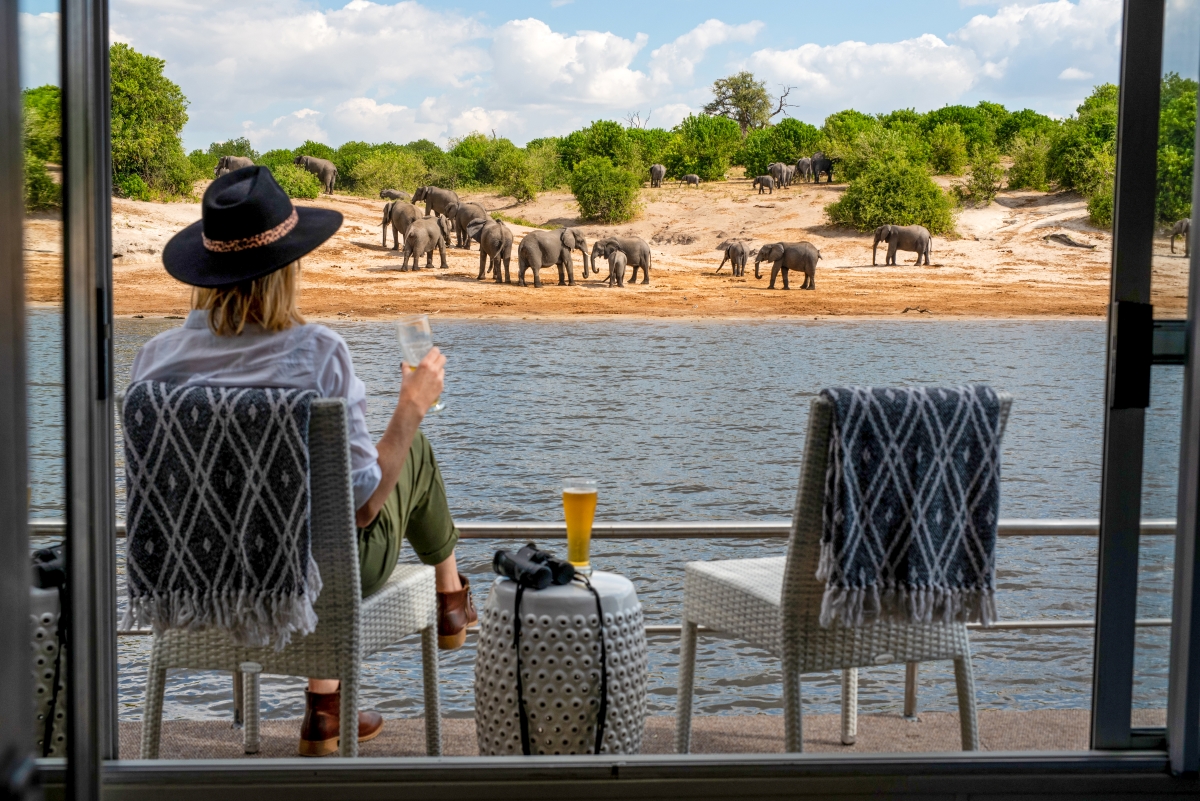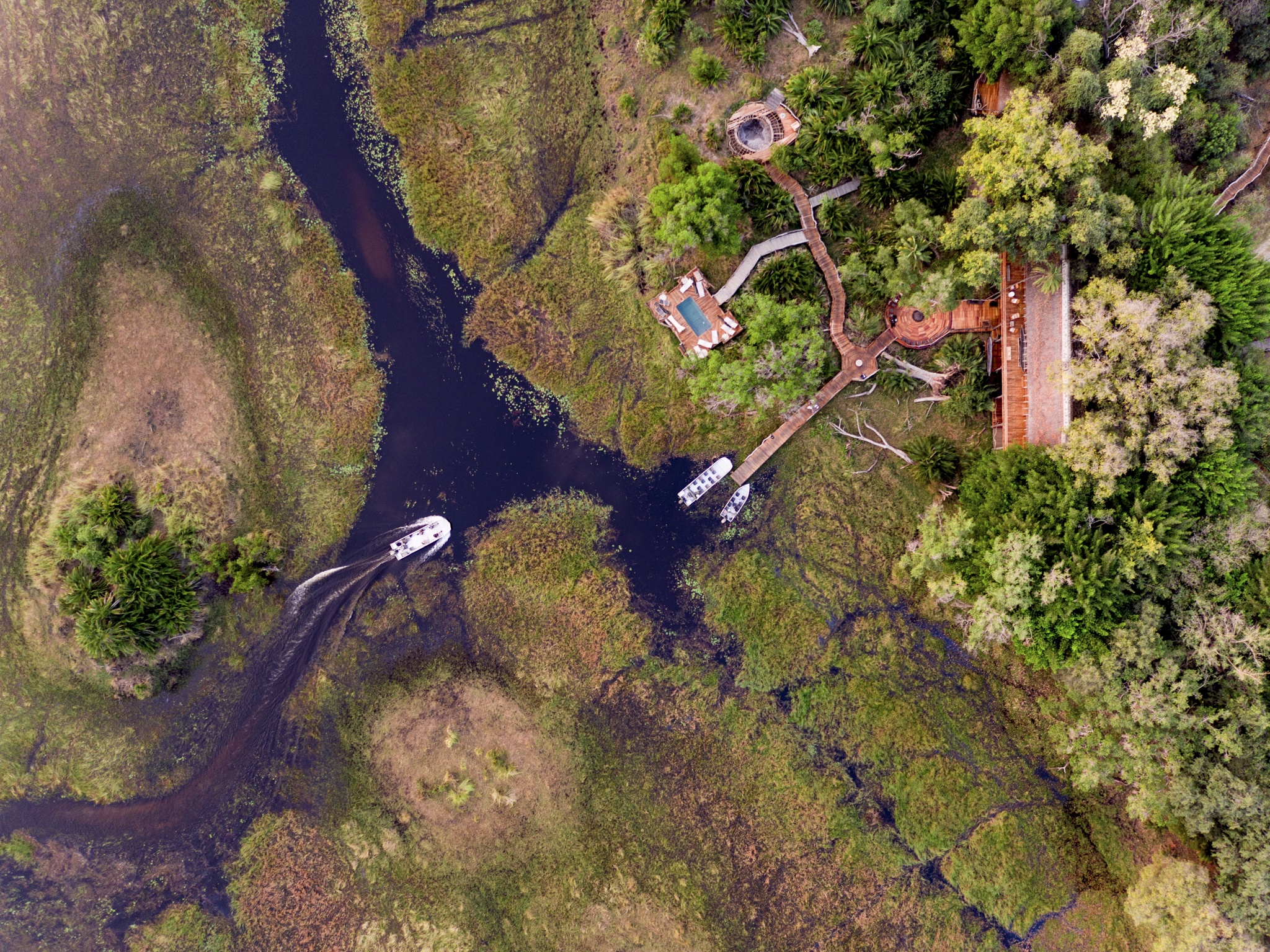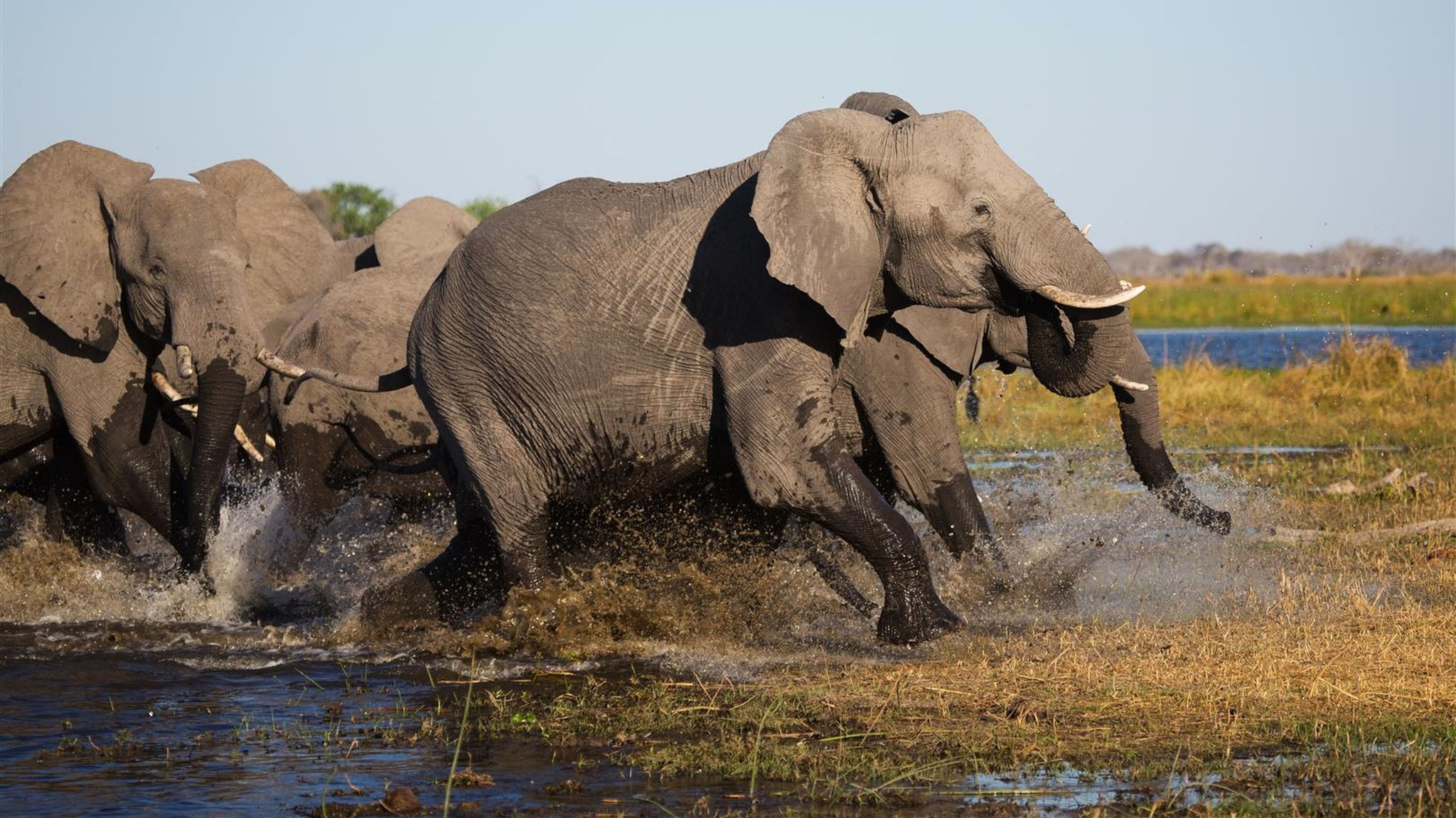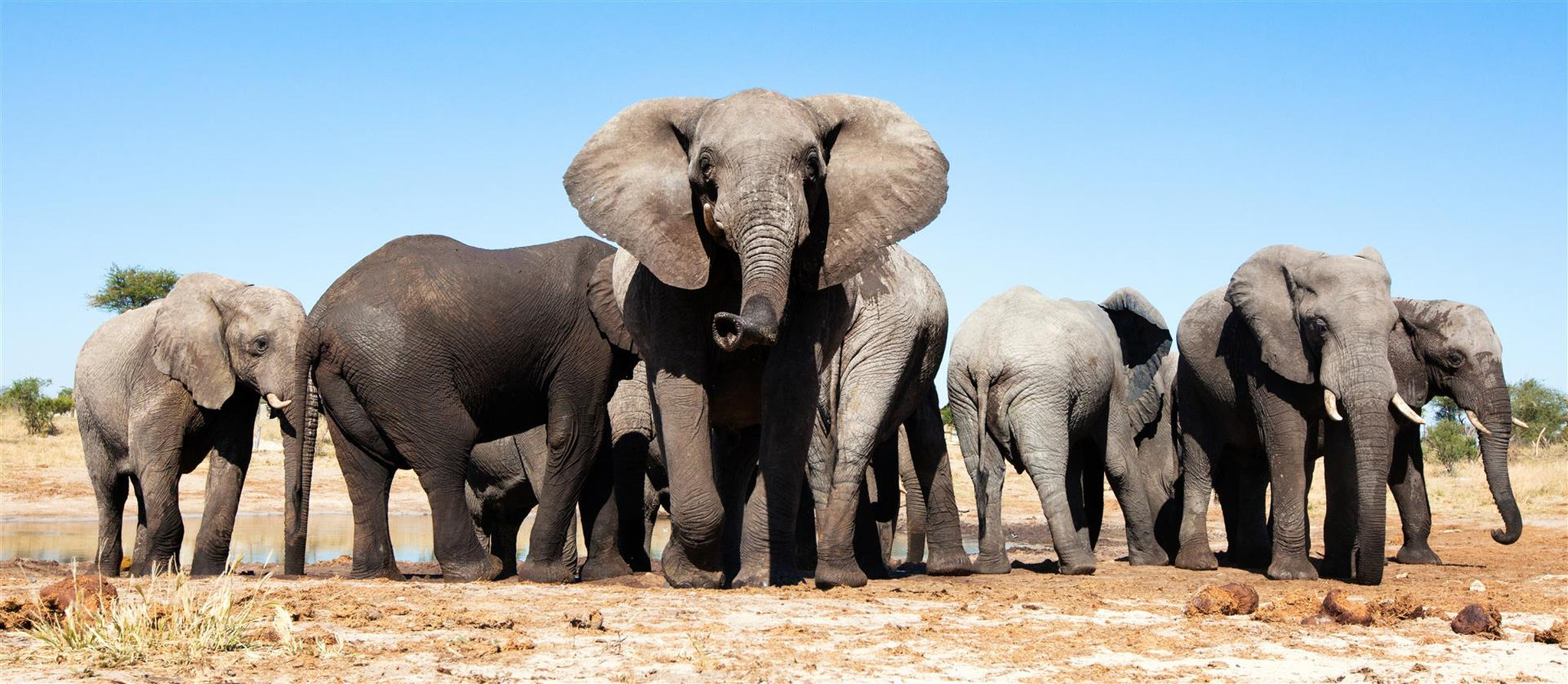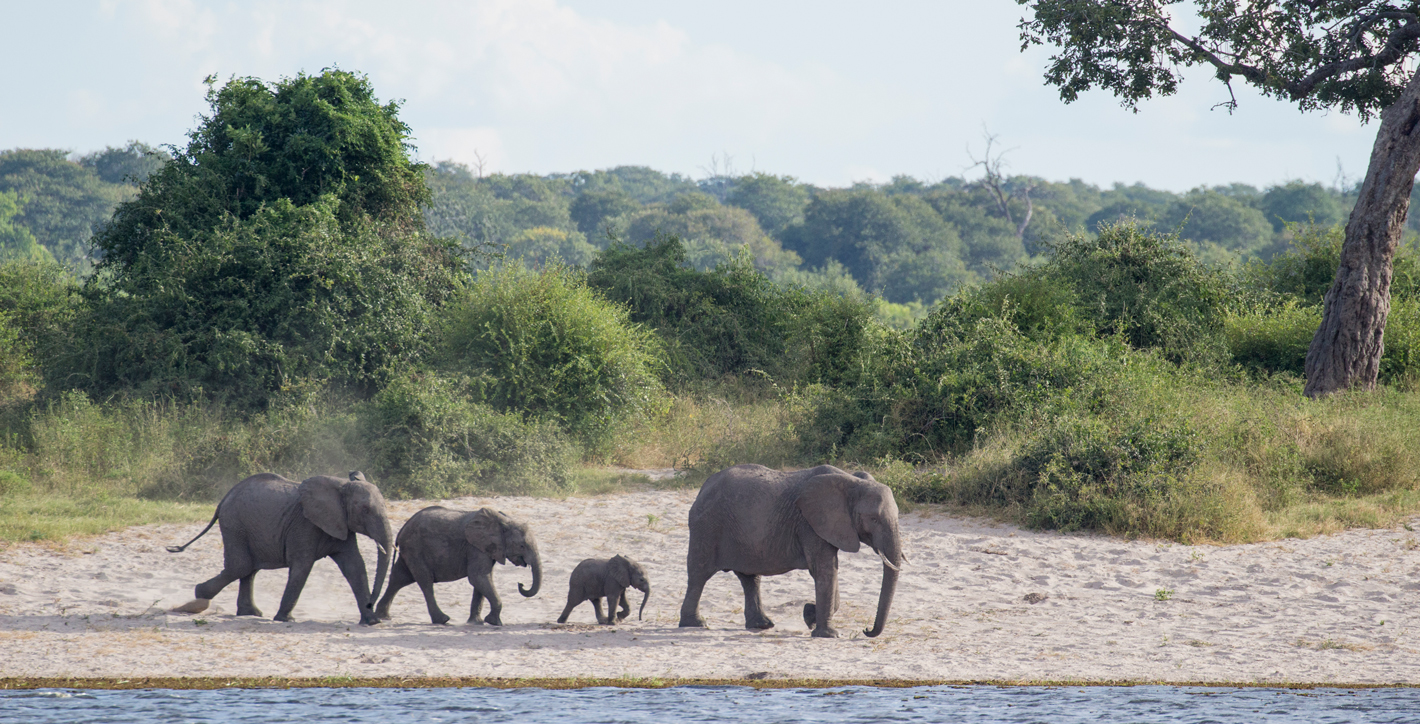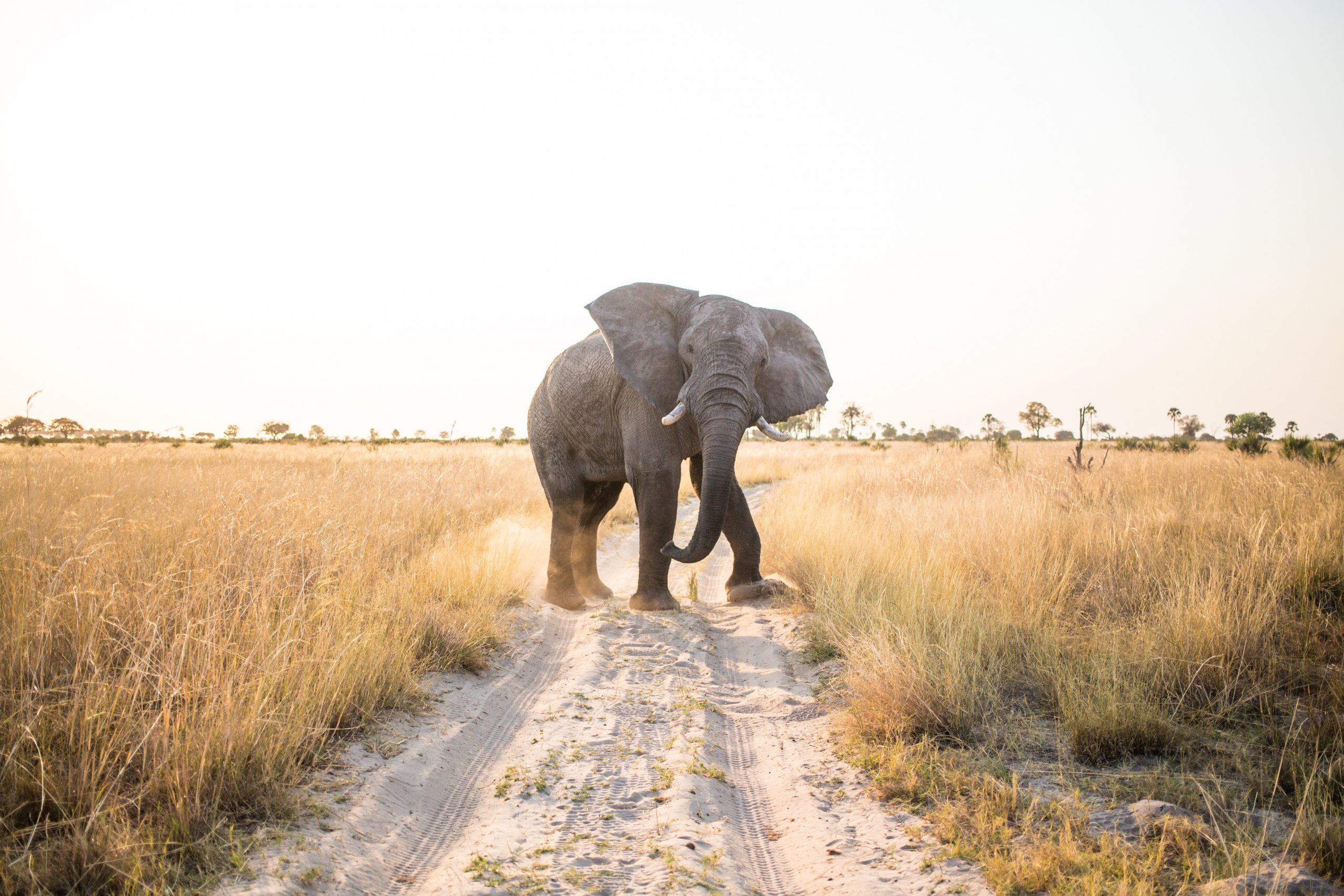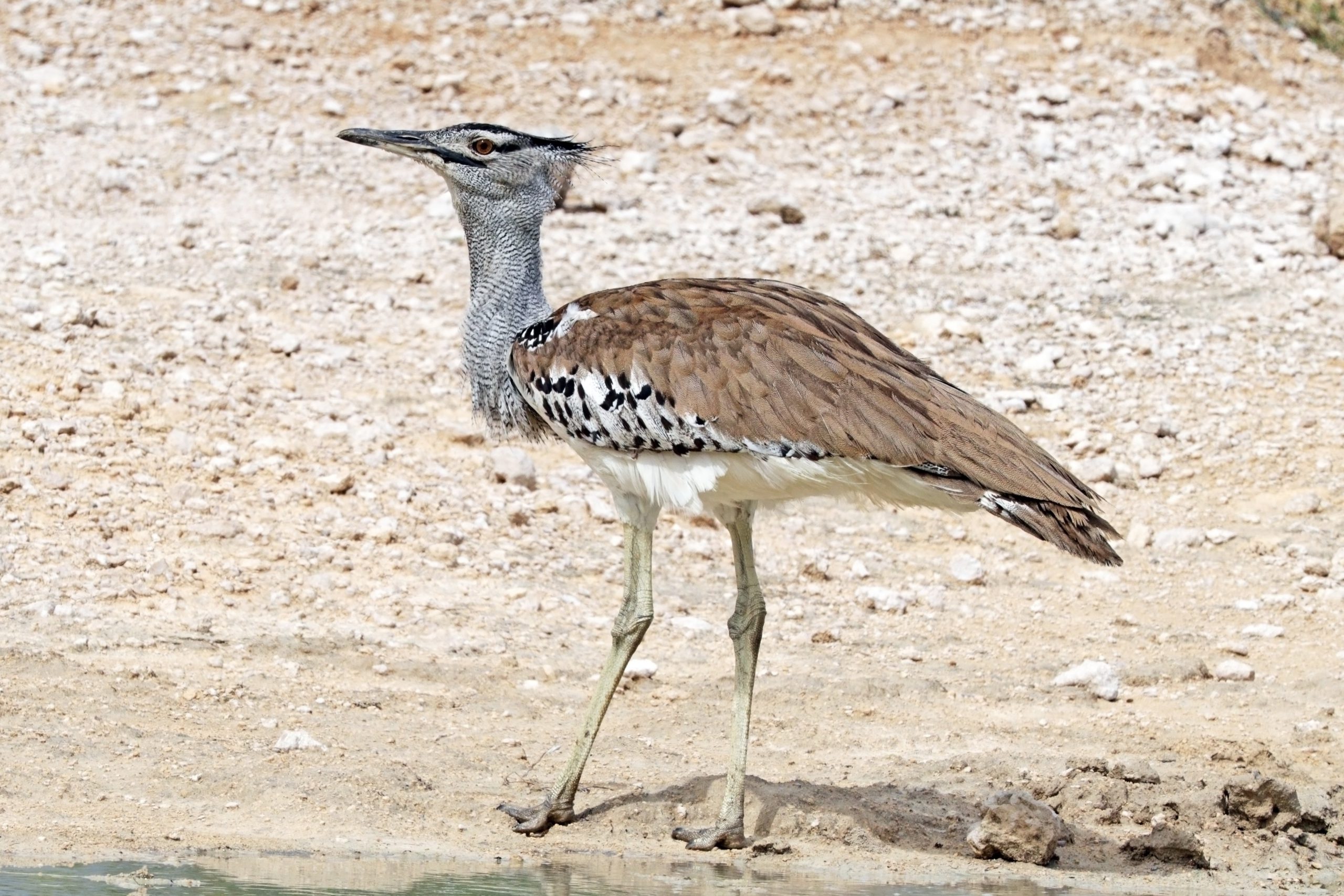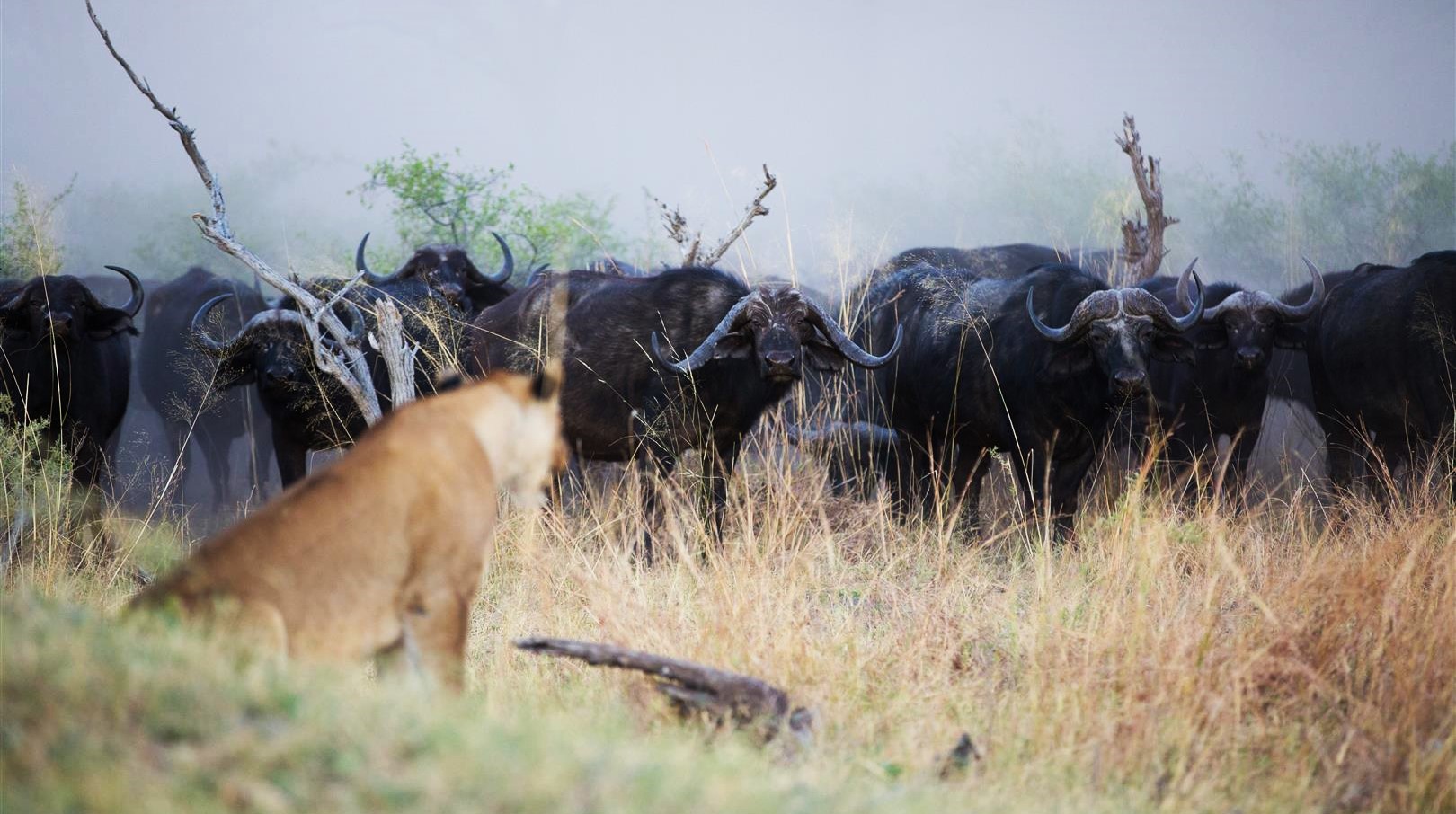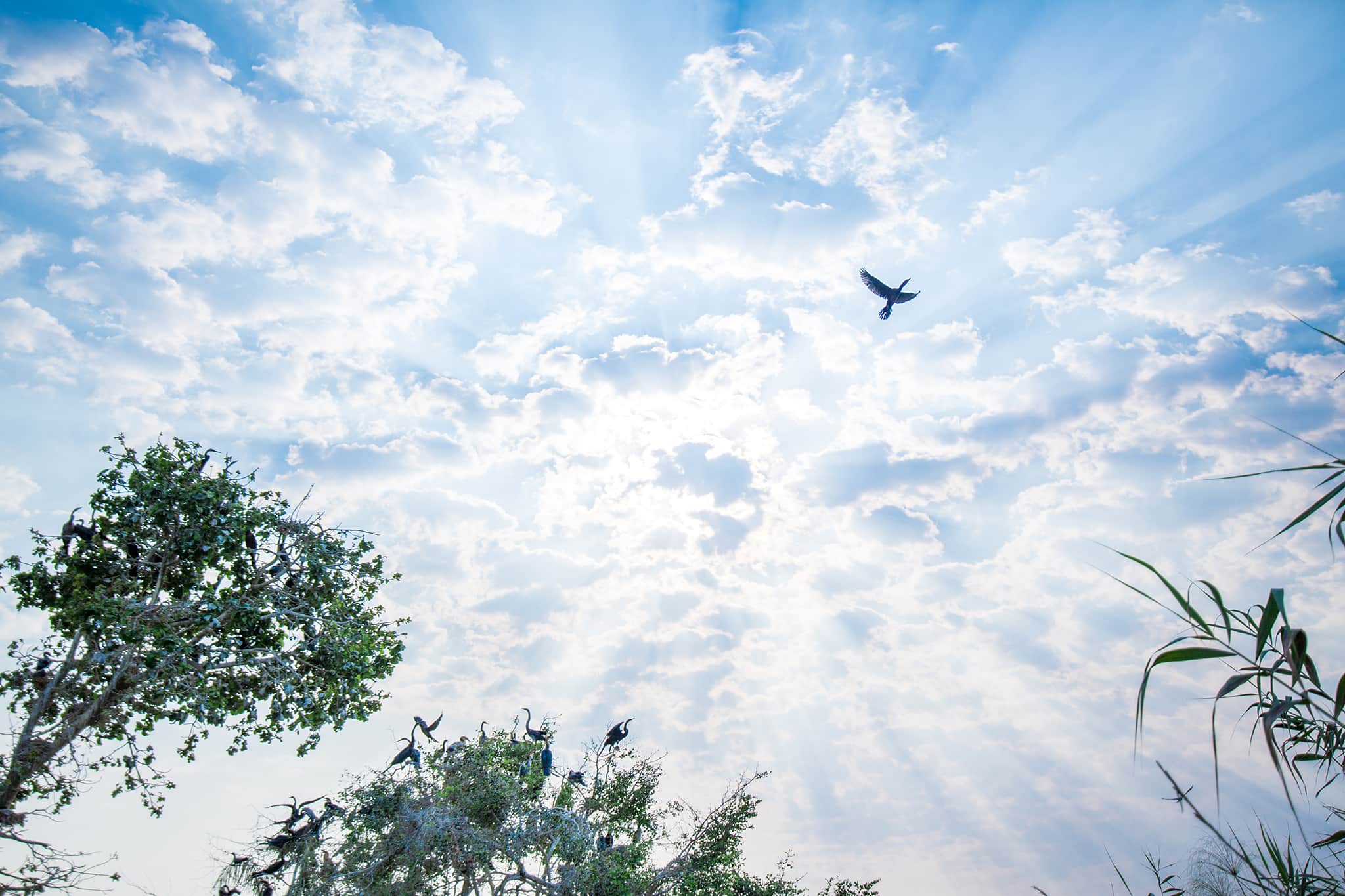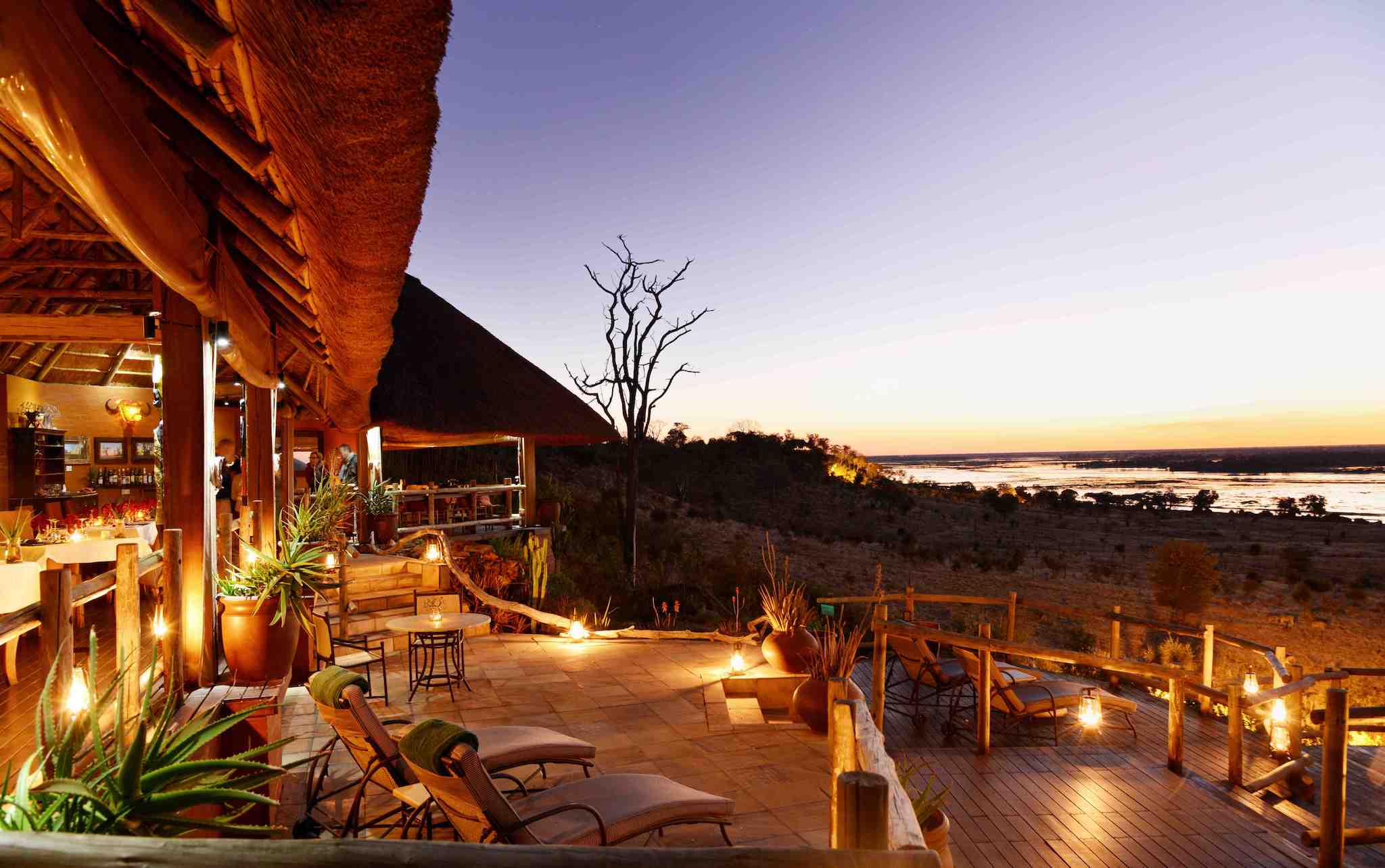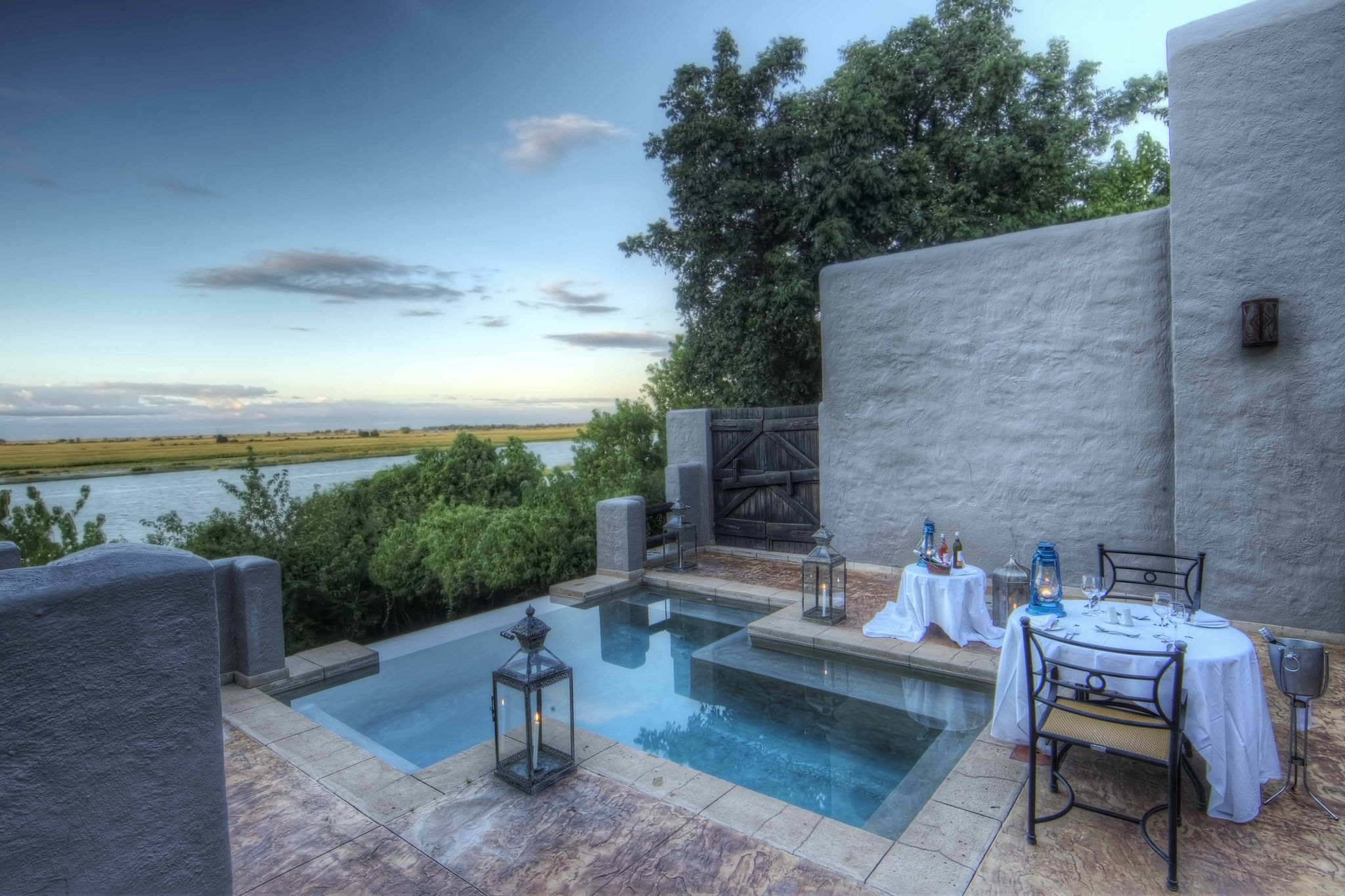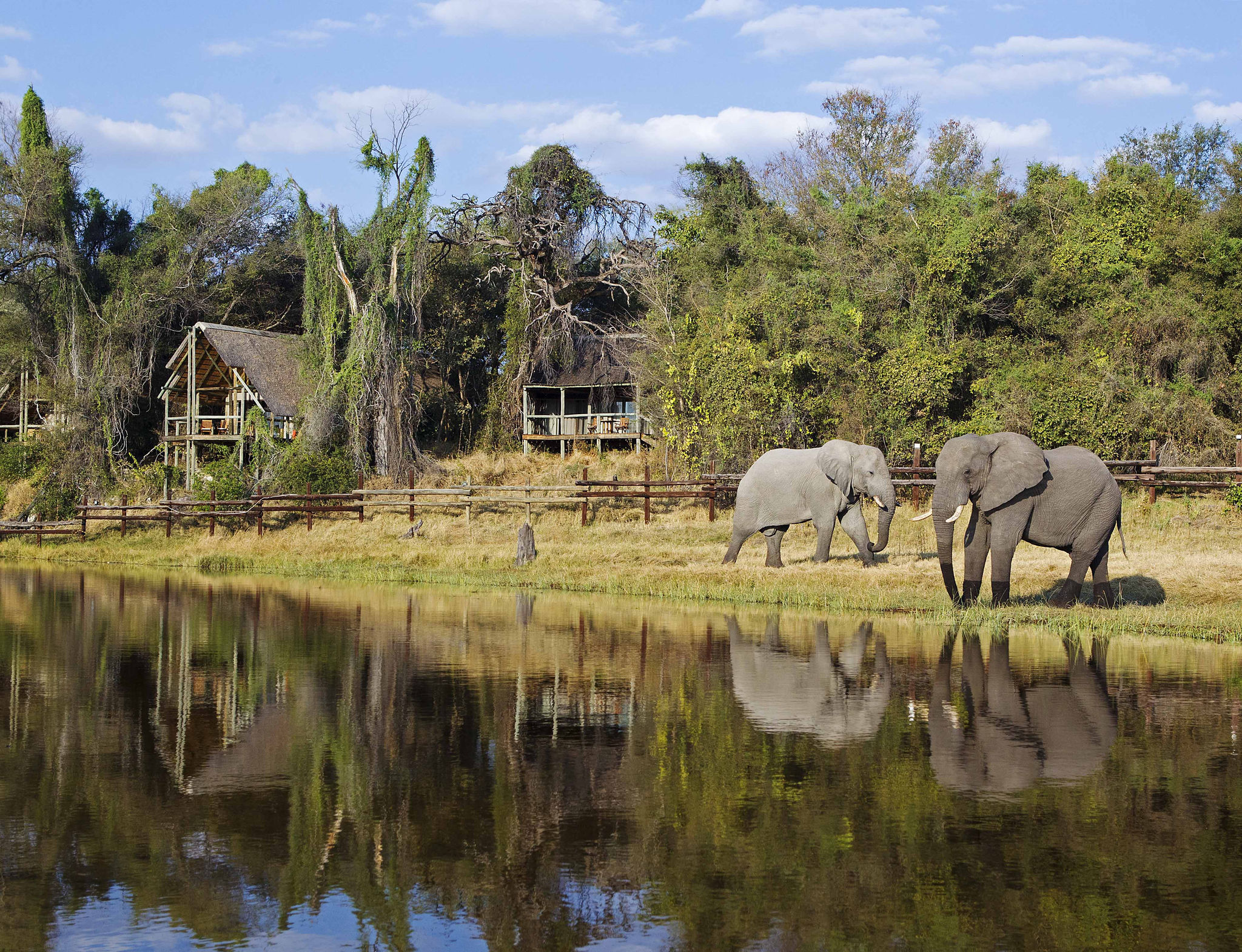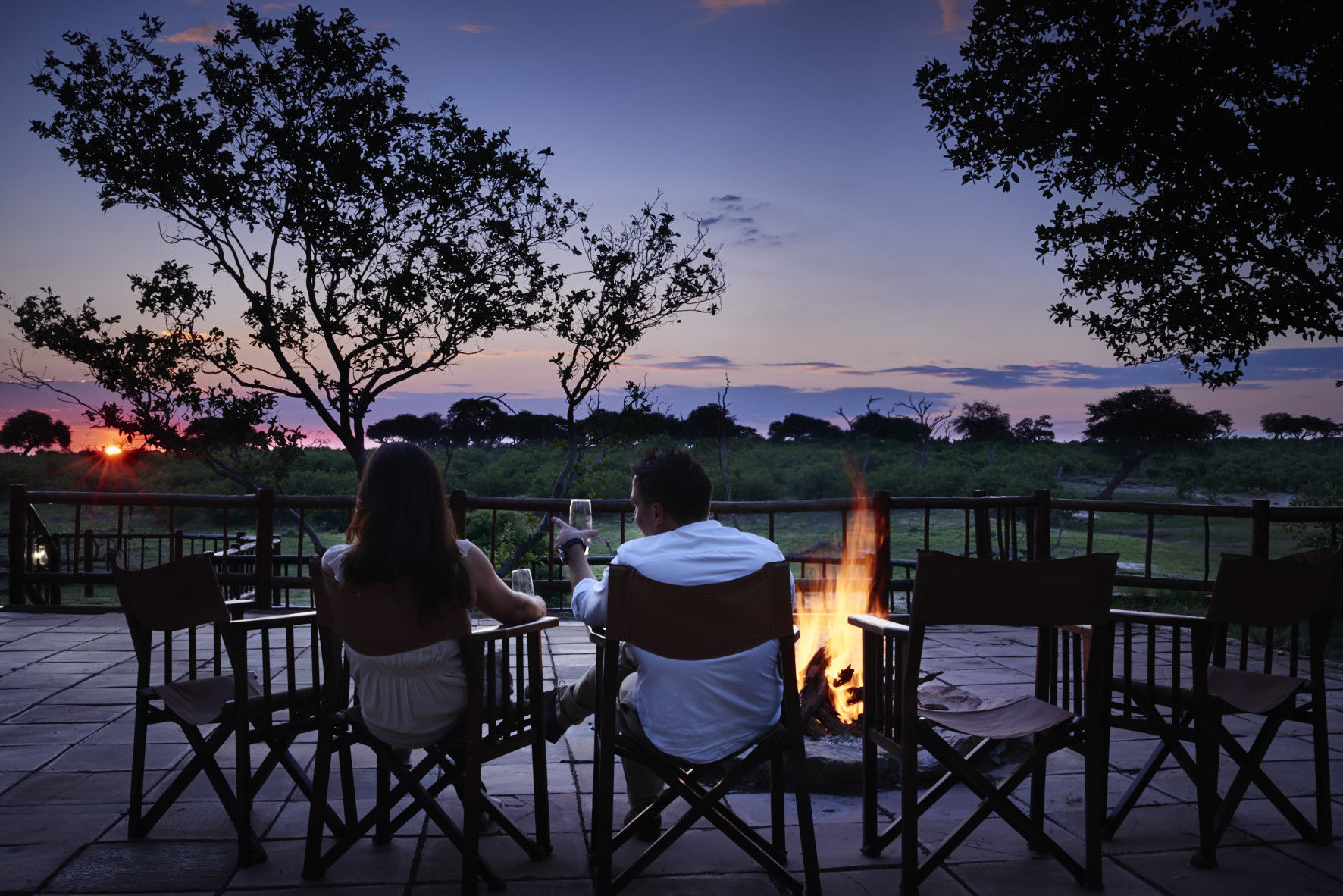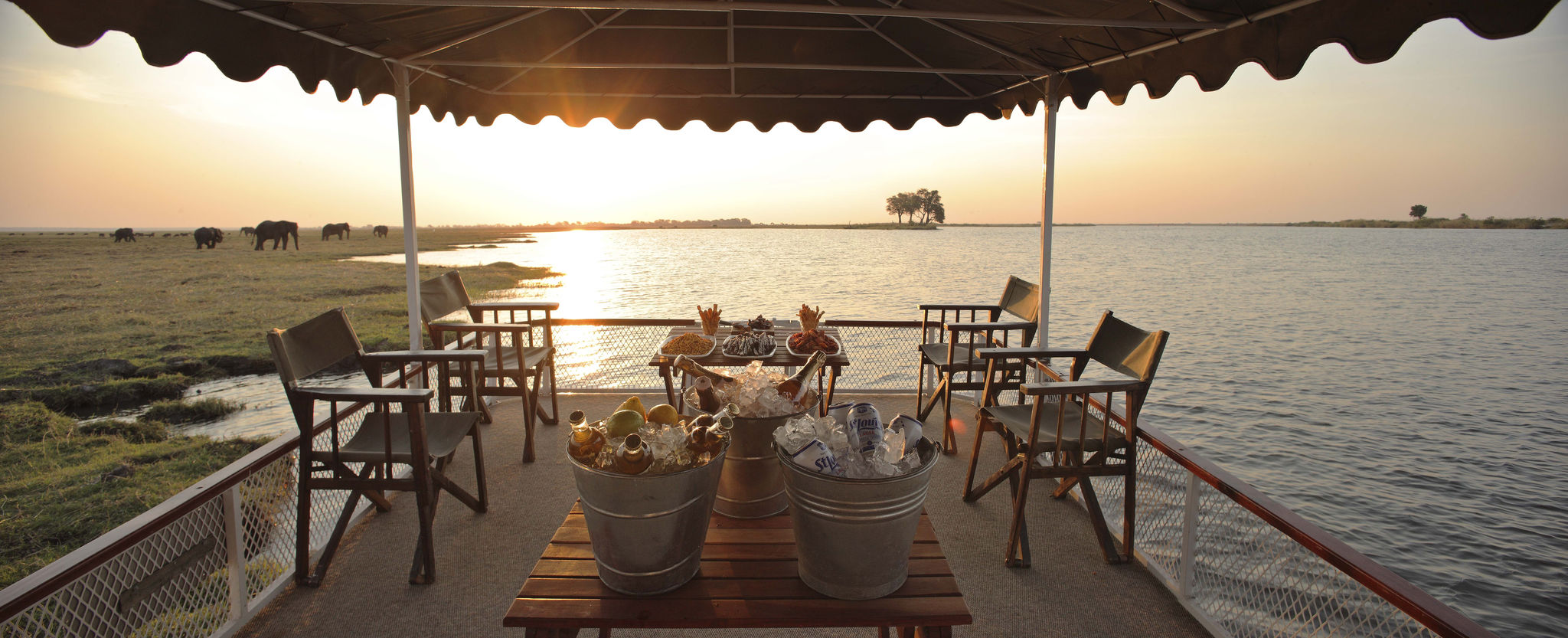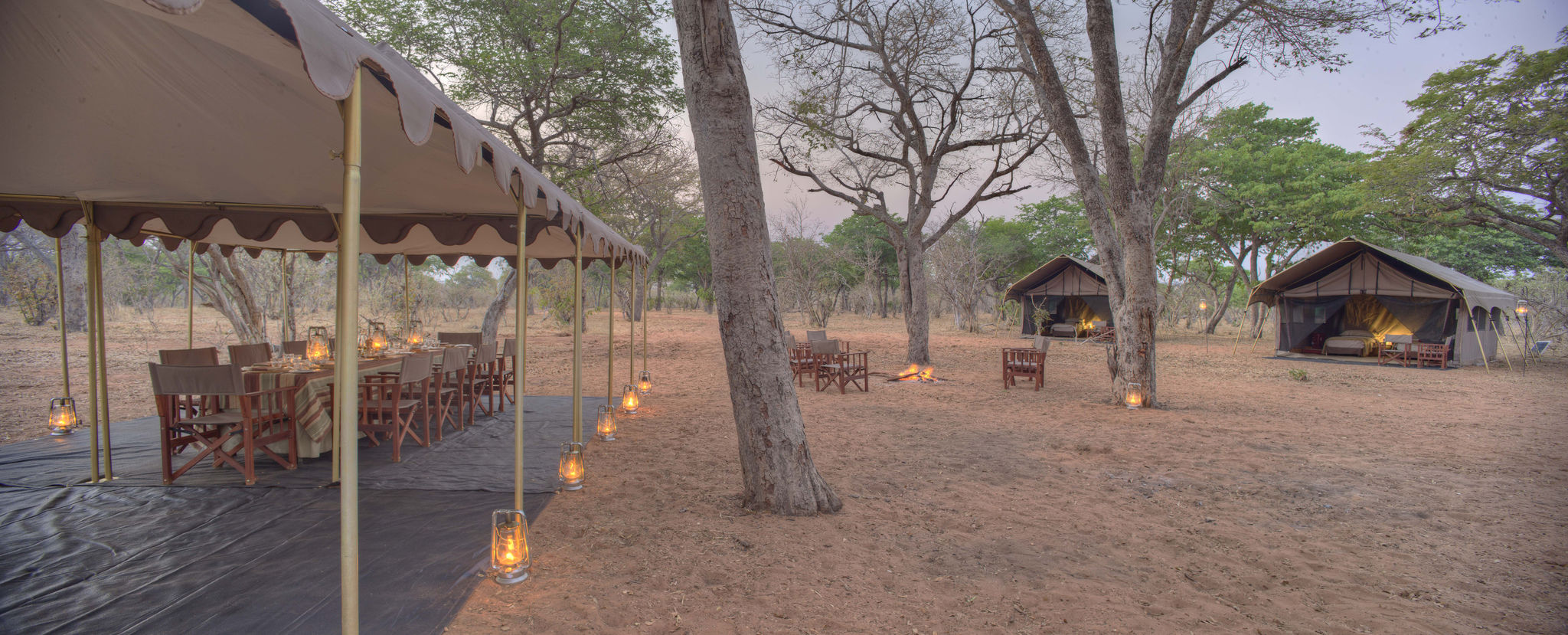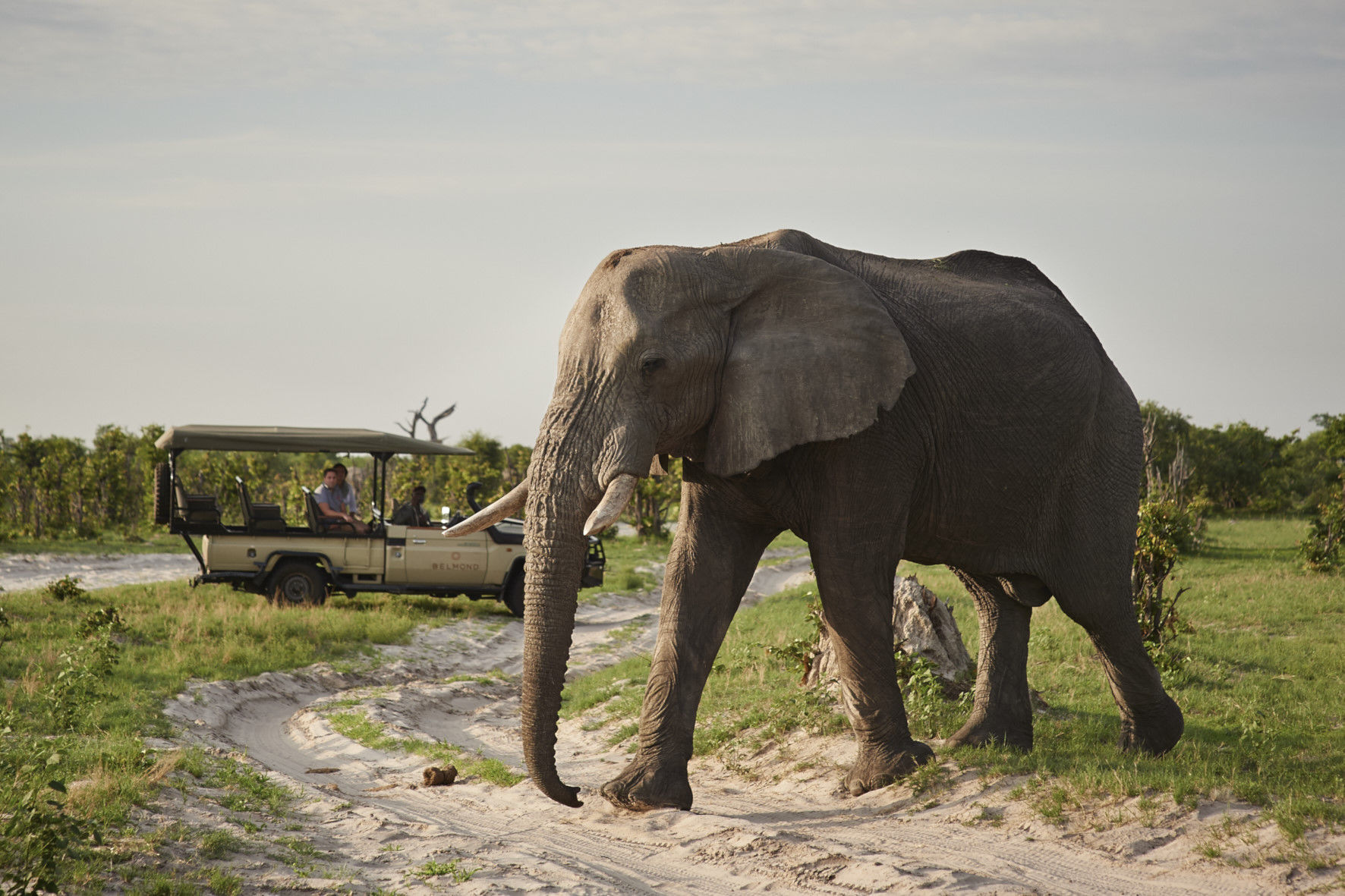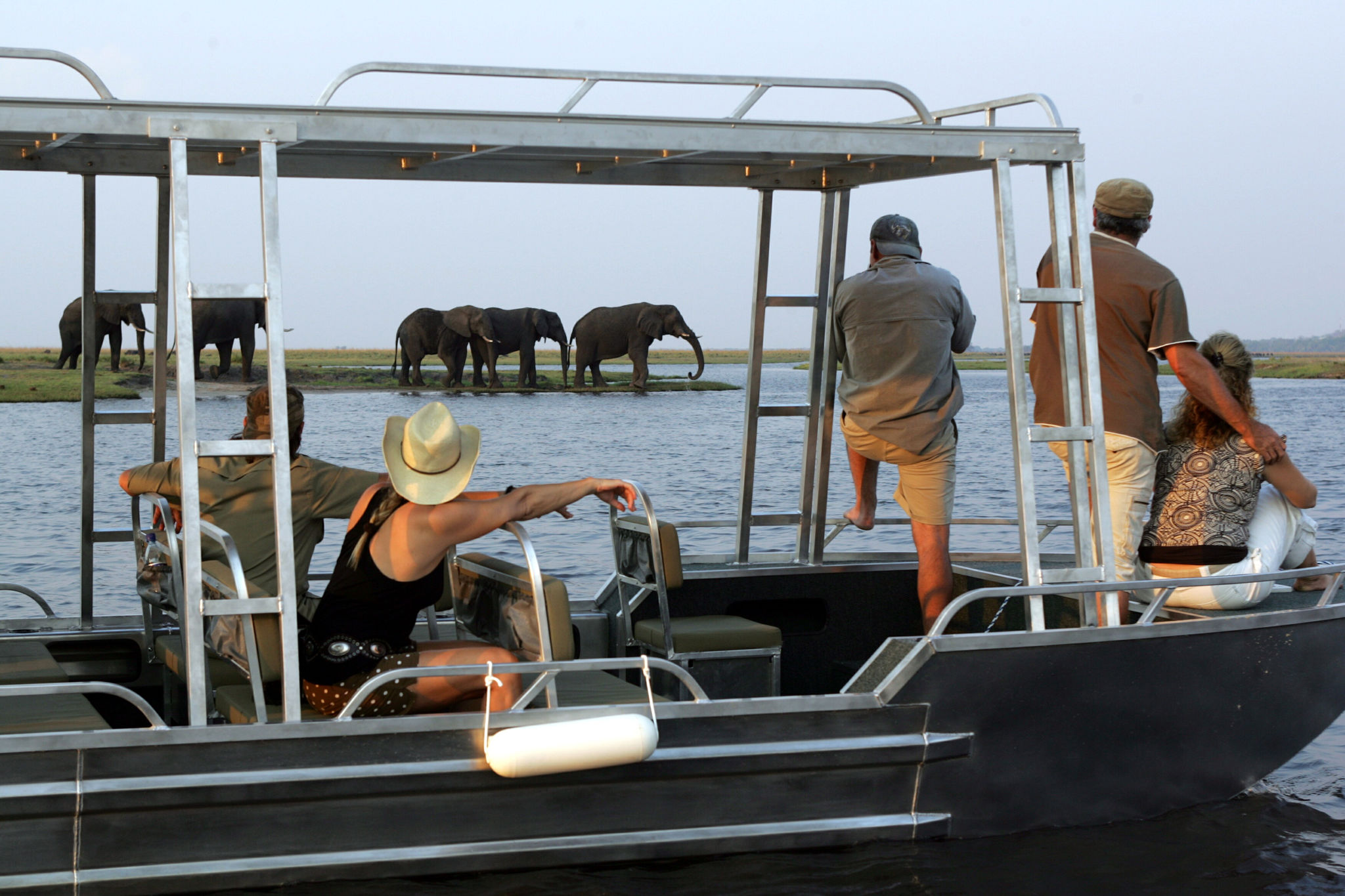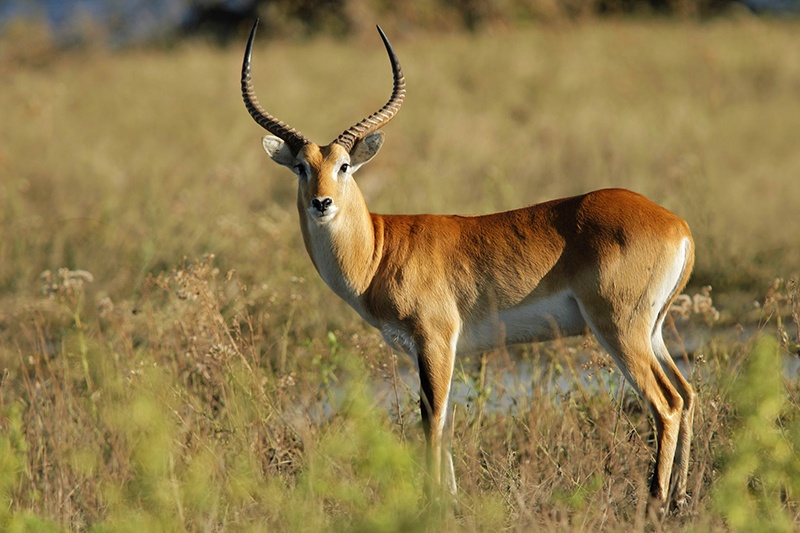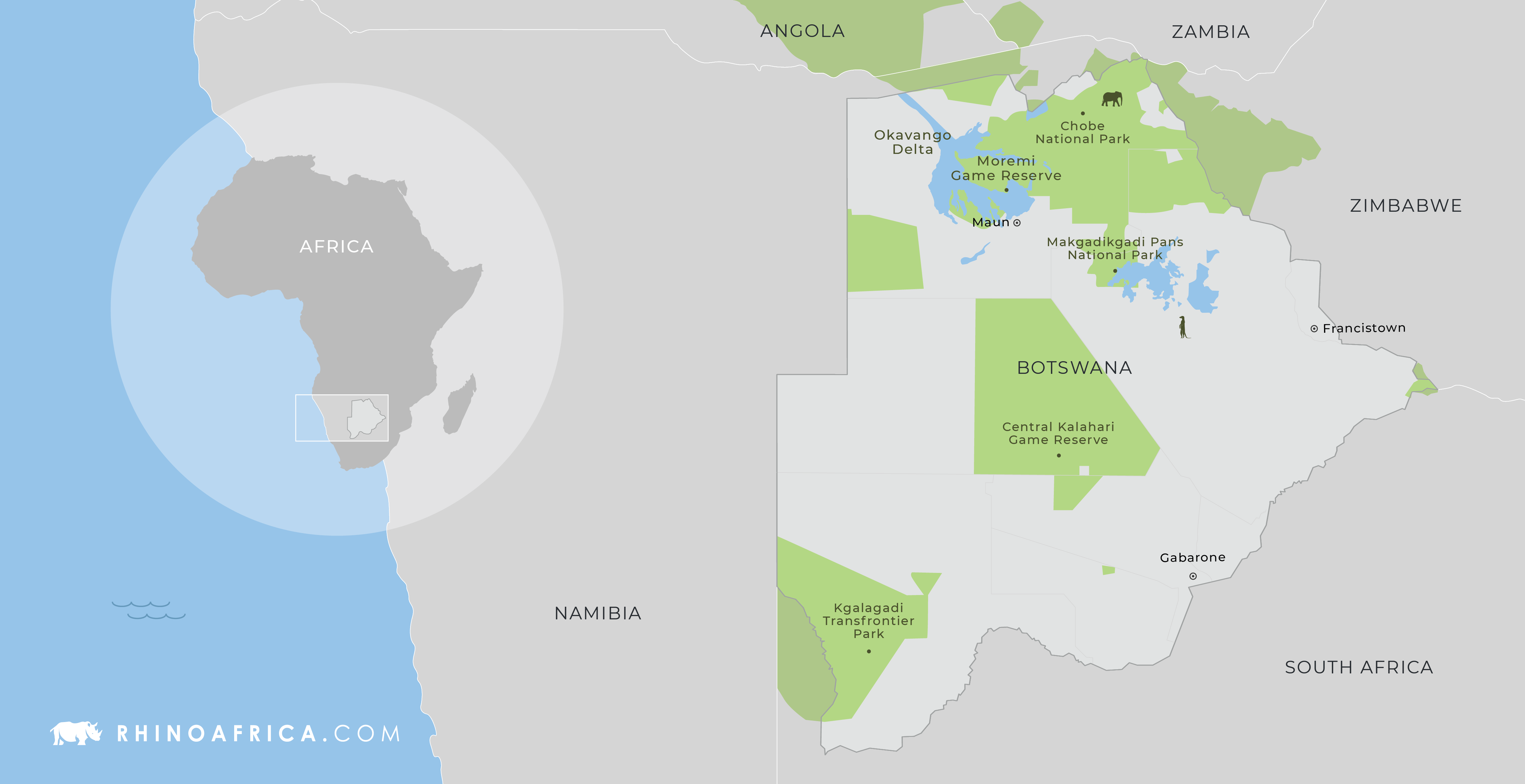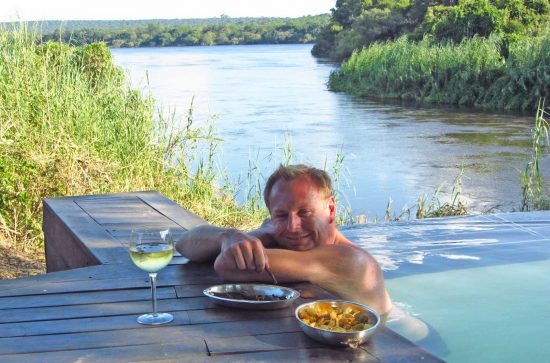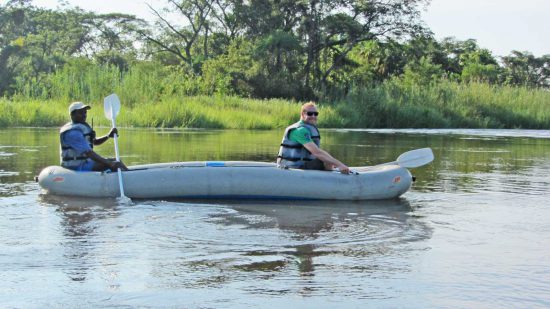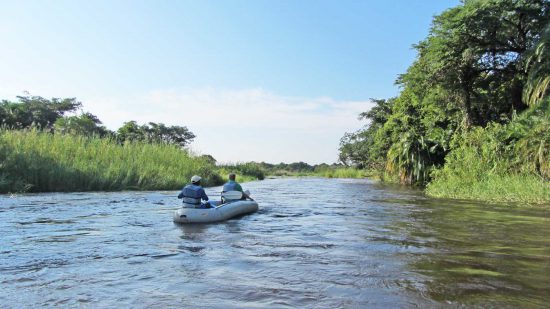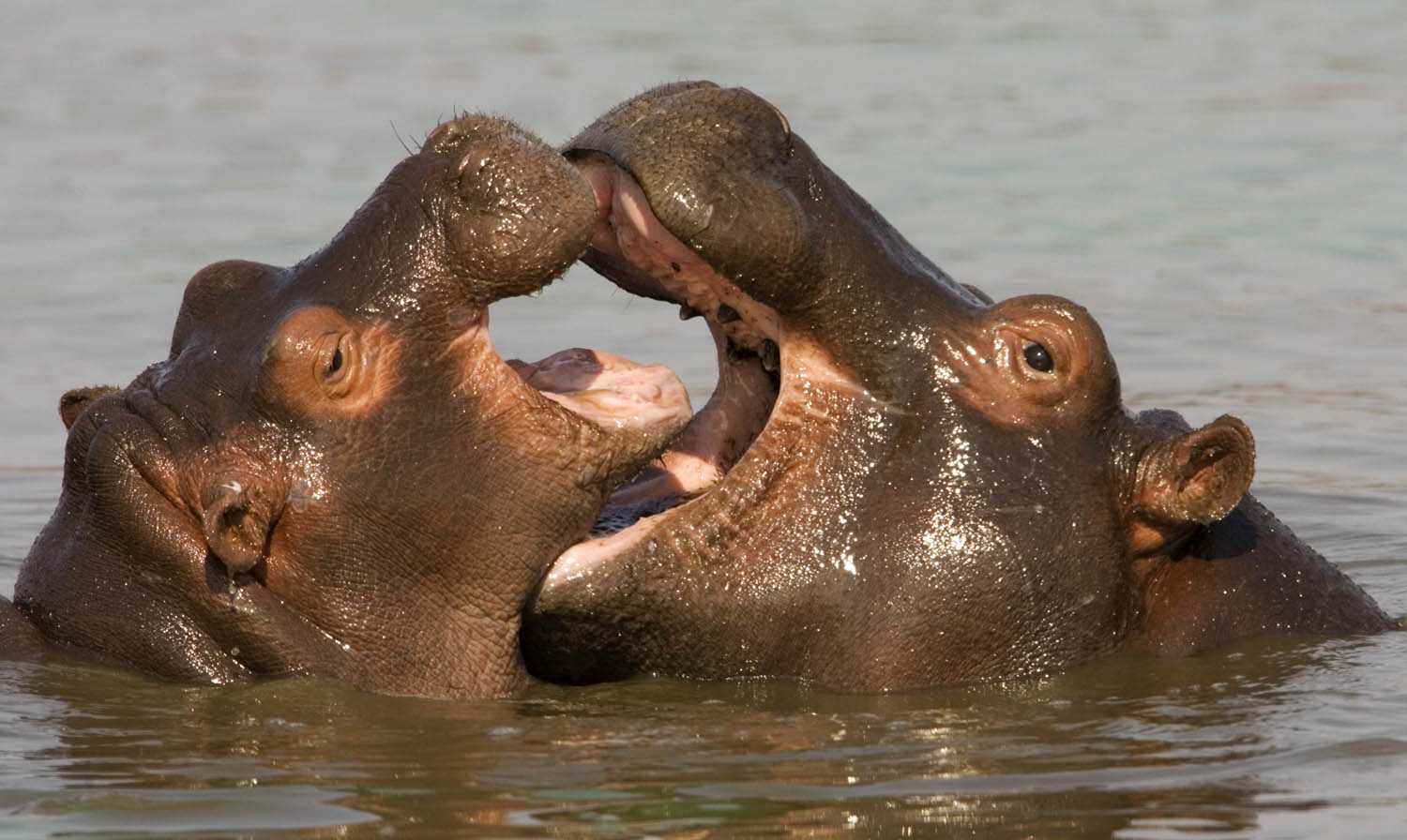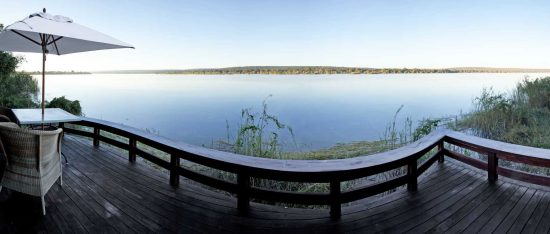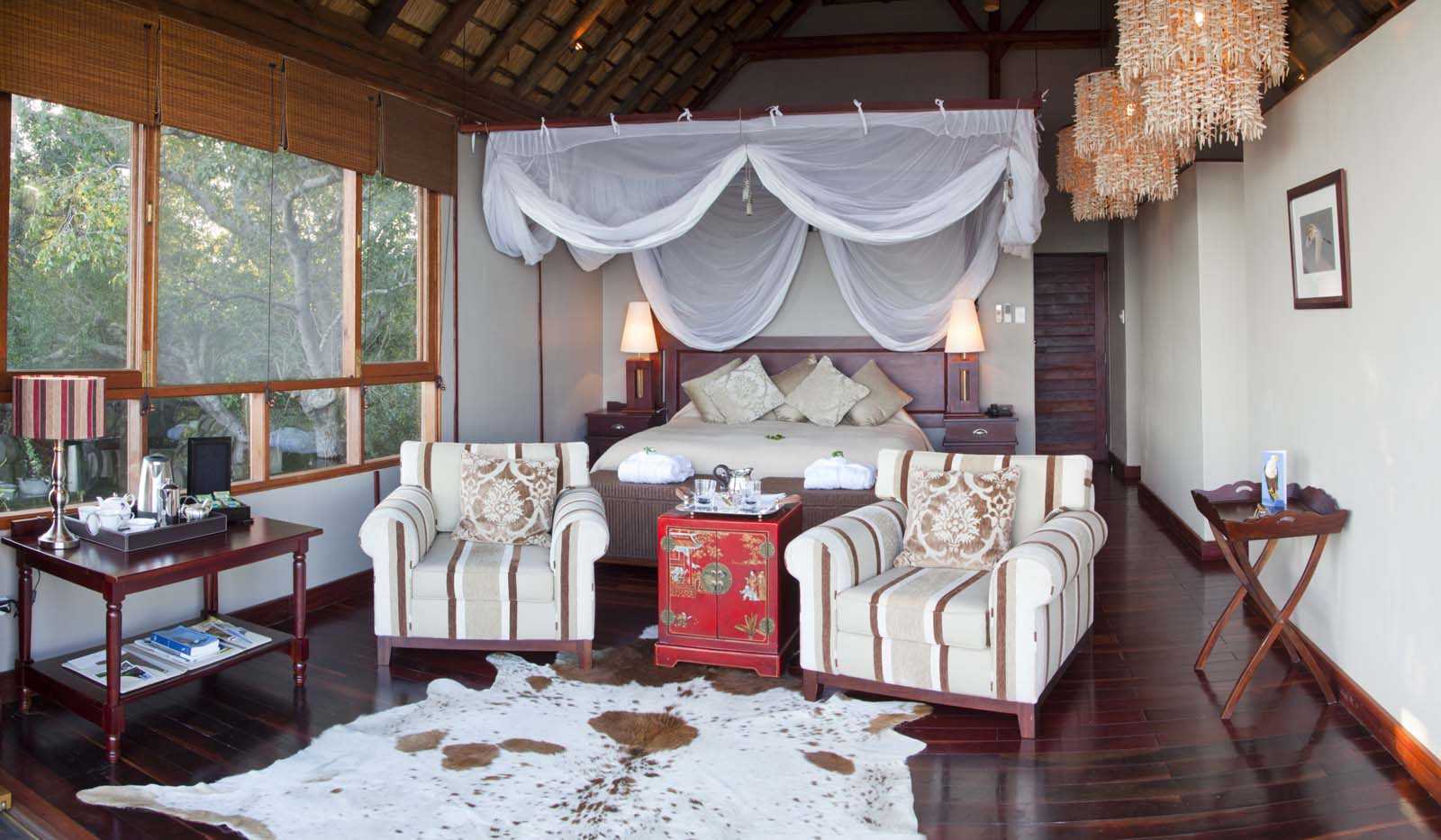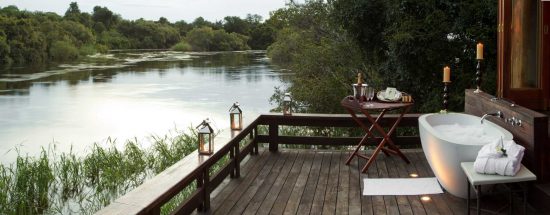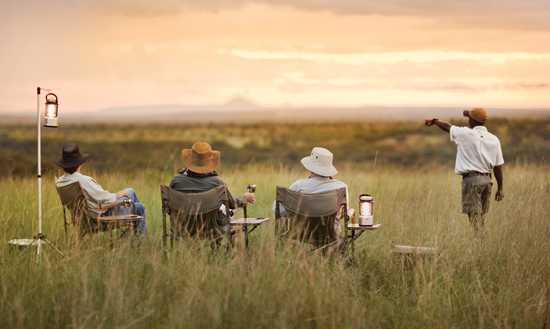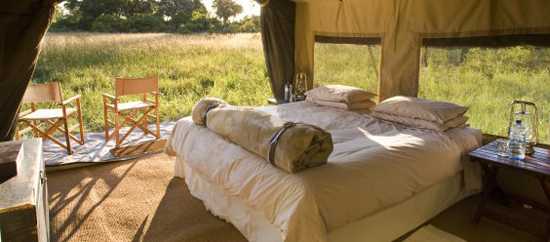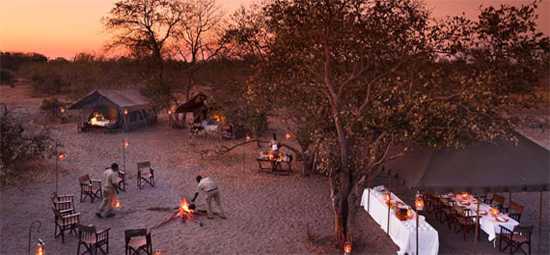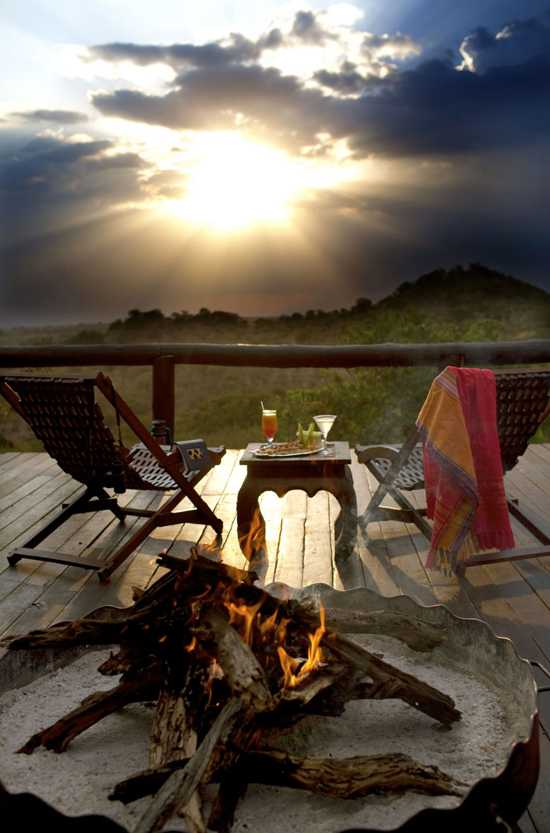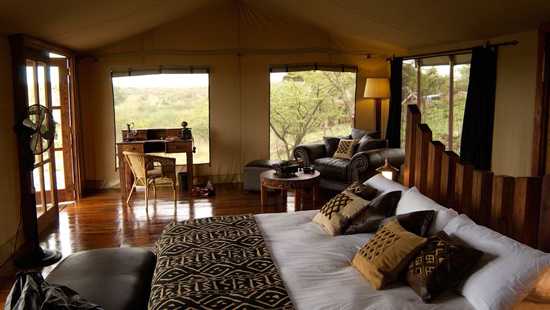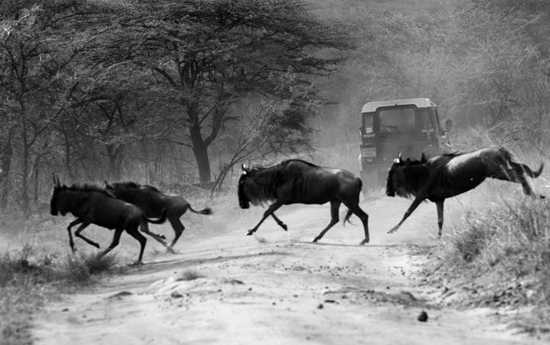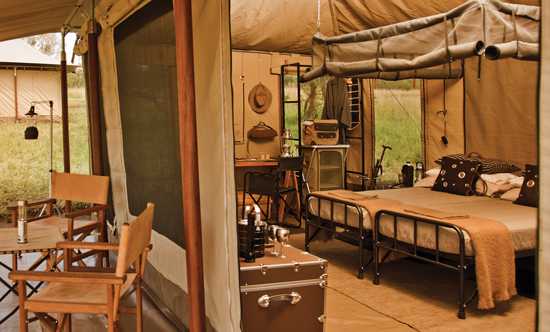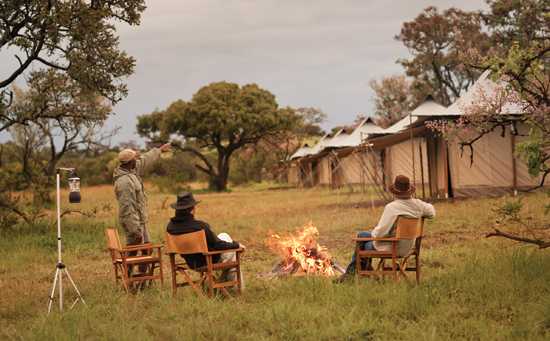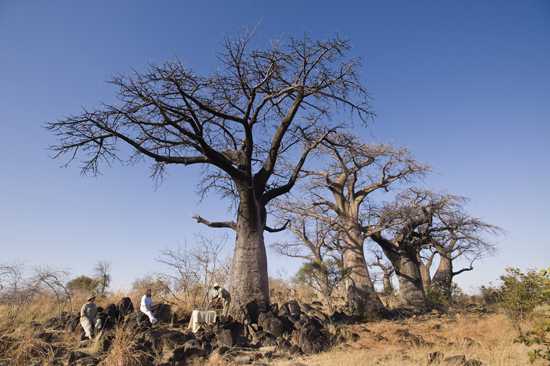Setting off on his fifth African odyssey with Rhino Africa, Tim Sanders recently experienced a two-week adventure, braving the wilds of South Africa, Botswana and Zambia. With Allison, one of our exceptional Travel Experts, meticulously attending to every detail, his trip once again exceeded all expectations. Delve into Tim’s extraordinary expedition and discover why his profound admiration for Africa is ever-so evident.
“I spent the most glorious two weeks in Southern Africa under the superb guidance of Rhino Africa, who planned every step with total precision.” – Tim Sanders

“The Blyde River Canyon view was unbelievable” – Tim, Image Credit: Tim Sanders
Tim’s Relentless Return to Kambaku River Sands
Returning to Kambaku River Sands for the fourth time, Tim was once again ecstatic with the lodge’s excellence. With its convenient location in Timbavati Game Reserve, just 30 minutes away from Hoedspruit Airport, Tim has always loved how easily accessible the lodge is. And, as per usual, Kambaku’s friendly staff, delectable cuisine, and cosy lodging left a lasting impression.
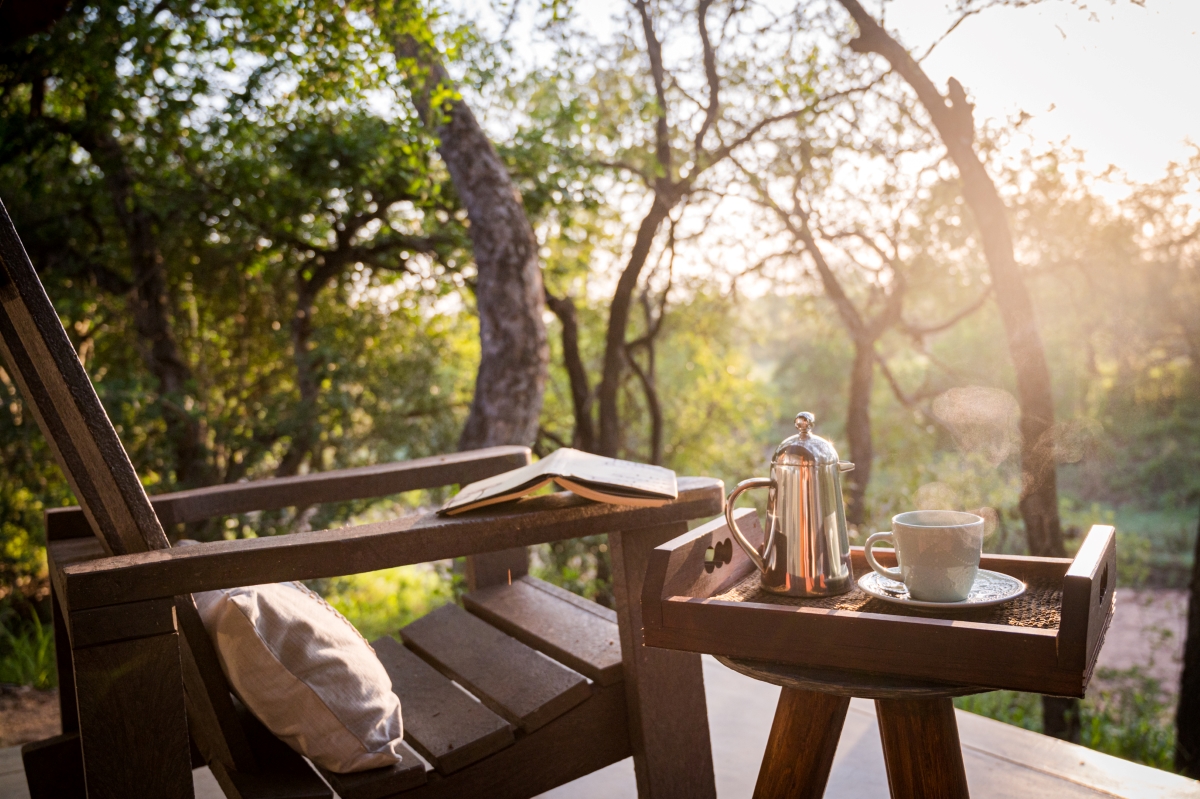
Comfortable thatched suites with private viewing decks for observing animals, Image Credit: Kambaku River Sands
Tim was thrilled to witness the Big 5 and an array of other remarkable wildlife, including African wild dogs and a charismatic chameleon. The communal dining approach at Kambaku enhanced the camaraderie among guests, especially during the memorable Boma night, where staff and guests participated enthusiastically.
“Kambaku continues to have the friendliest of staff and most superb food (and just the right amount too).” – Tim Sanders

At Kambaku, you can dine al fresco or alongside the riverbed surrounded by campfires, Image Credit: Kambaku River Sands
A Tranquil Haven and Panoramic Delights
Following his safari experience, Tim reveals the elegance of Oliver’s Lodge, a charming country house situated on the outskirts of White River, a small town near the Greater Kruger National Park. This peaceful retreat provided a welcome respite after days of thrilling safari adventures.
Additionally, while exploring the Panorama Route, Tim was pleasantly surprised by the breathtaking view of the Blyde River Canyon, an experience he describes as nothing short of unbelievable.
“Panorama Route was an unexpected blast as I really did not know what to expect.” – Tim Sanders

The Panorama Route is a natural wonder in South Africa and one of the world’s most beautiful driving routes
Botswana is Brimming with Elephants
Returning to Ngoma Safari Lodge in Chobe National Park for the second time, Tim was enthralled by the flood plain in its full splendour. The lodge’s friendly staff and fellow guests created an inviting atmosphere, making Tim, a solo traveller, feel at ease. Tim was delighted by the abundance of wildlife sightings, particularly the numerous elephants and lions that roamed freely.
“The friendliest of staff and fellow guests; as a solo traveller it was a real pleasure to be asked to be with other guests.” – Tim Sanders
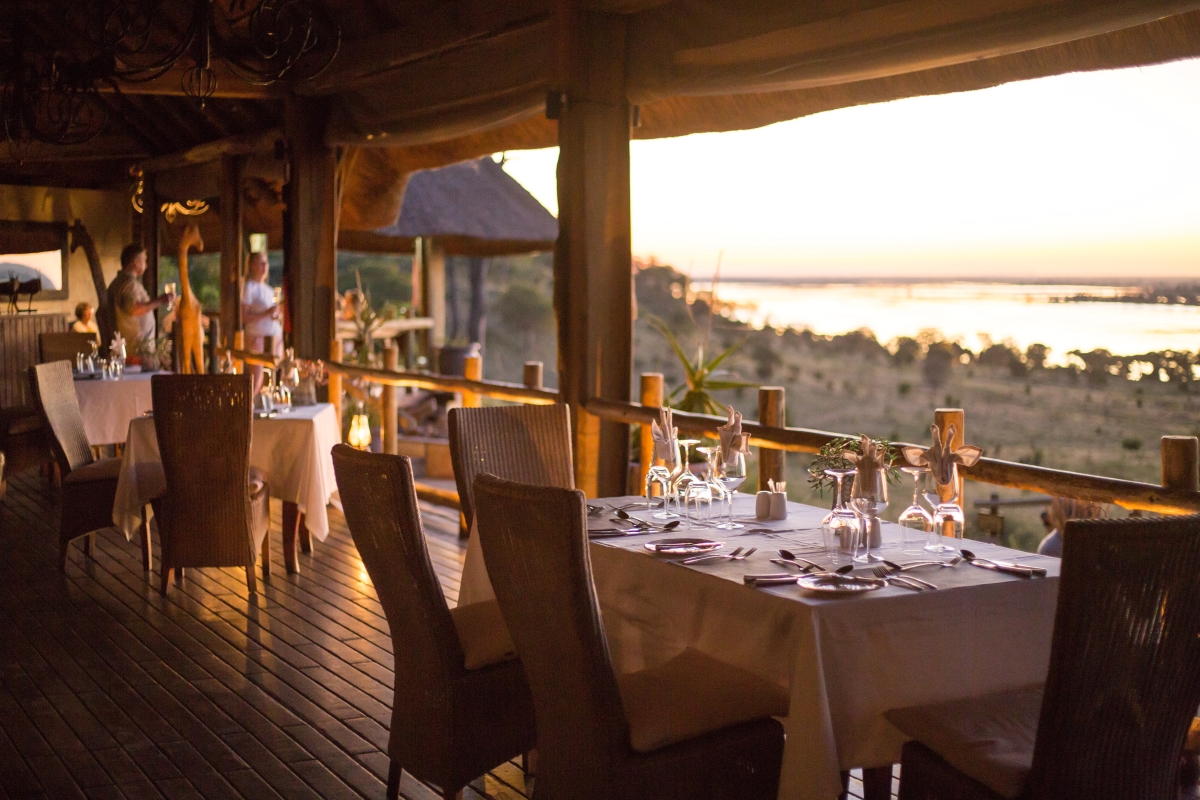
Overlooking the Chobe River, Ngoma Safari Lodge blends with its surroundings, Image Credit: Ngoma Safari Lodge
A boat cruise along the river provided a unique perspective, allowing Tim to witness the captivating sight of elephants playing in the water. The lodge’s well-appointed rooms, complete with private plunge pools and breathtaking views, ensured Tim’s stay was nothing short of superb.

Chobe is known for its thriving population of elephants, Image Credit: Tim Sanders
Authentic Africa in Zambia
Tim chose Anabezi Camp in Lower Zambezi National Park for his first visit to Zambia, which perfectly embodied the essence of African life. The vibrant countryside, with locals dressed in colourful attire going about their day-to-day activities, left a lasting impression on Tim. A thrilling flight to the luxury camp in a four-seater aircraft added to the sense of adventure.
“It was my first time to Zambia, and will not be my last! I really felt the life in the countryside epitomised Africa.” – Tim Sanders
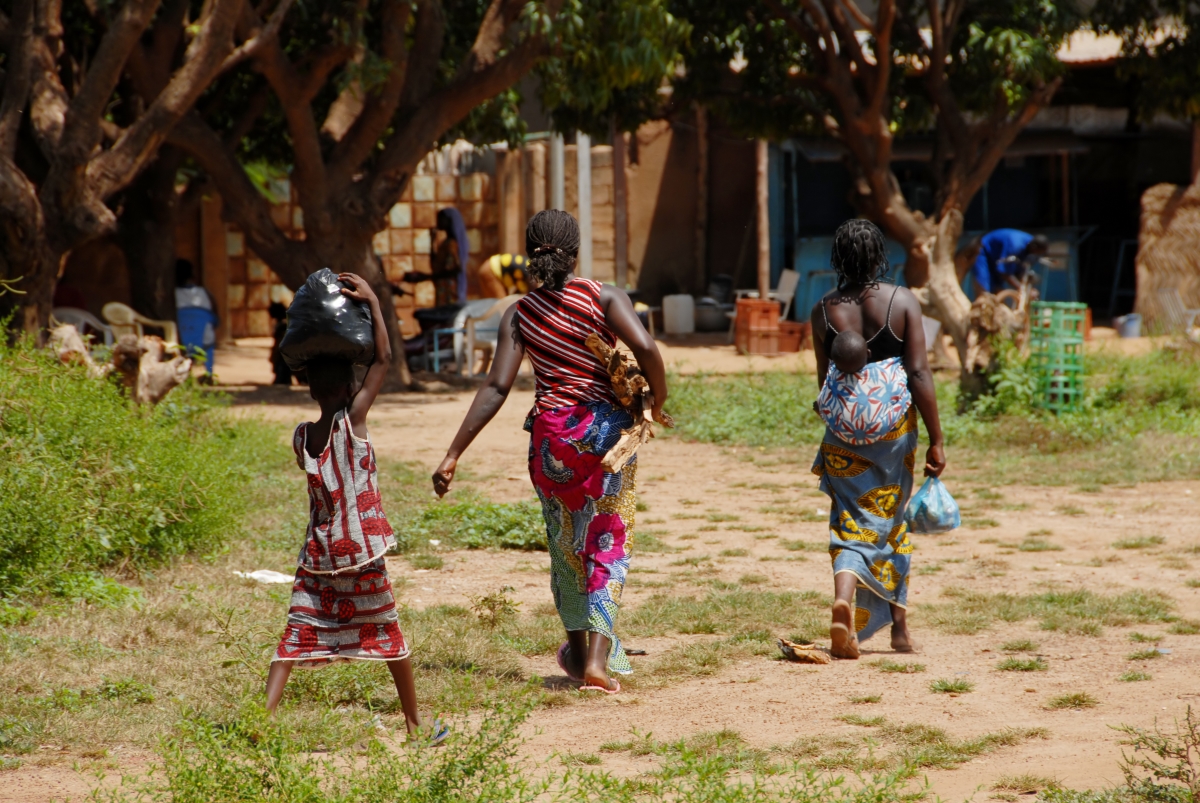
Locals in a village going about their day
Anabezi Camp’s ultimate luxury and personalised service impressed Tim with the game drives tailored to his preferences. Offering a plethora of safari options, including vehicle, boat, walking, and canoe safaris, the camp ensured every wildlife encounter was up close and unique.
The spacious rooms, waterfront terraces, and private plunge pools provided an idyllic retreat, while the sightings of leopards, lions, elephants, hippos, and crocodiles delighted Tim throughout his stay.
“I experienced brilliantly comfortable lodges, superb game drives, excellent cuisine and timely ground support.” – Tim Sanders

The camp’s communal areas evoke a classic African style with a modern touch, Image Credit: Anabezi Camp
Further Unforgettable Encounters
Tim’s journey was filled with unforgettable moments that highlighted the true essence of Africa. Remarkable sightings included witnessing multiple generations of leopards, getting up close to a crocodile slipping into the Zambezi, and observing elephants joyfully playing in the Chobe River.
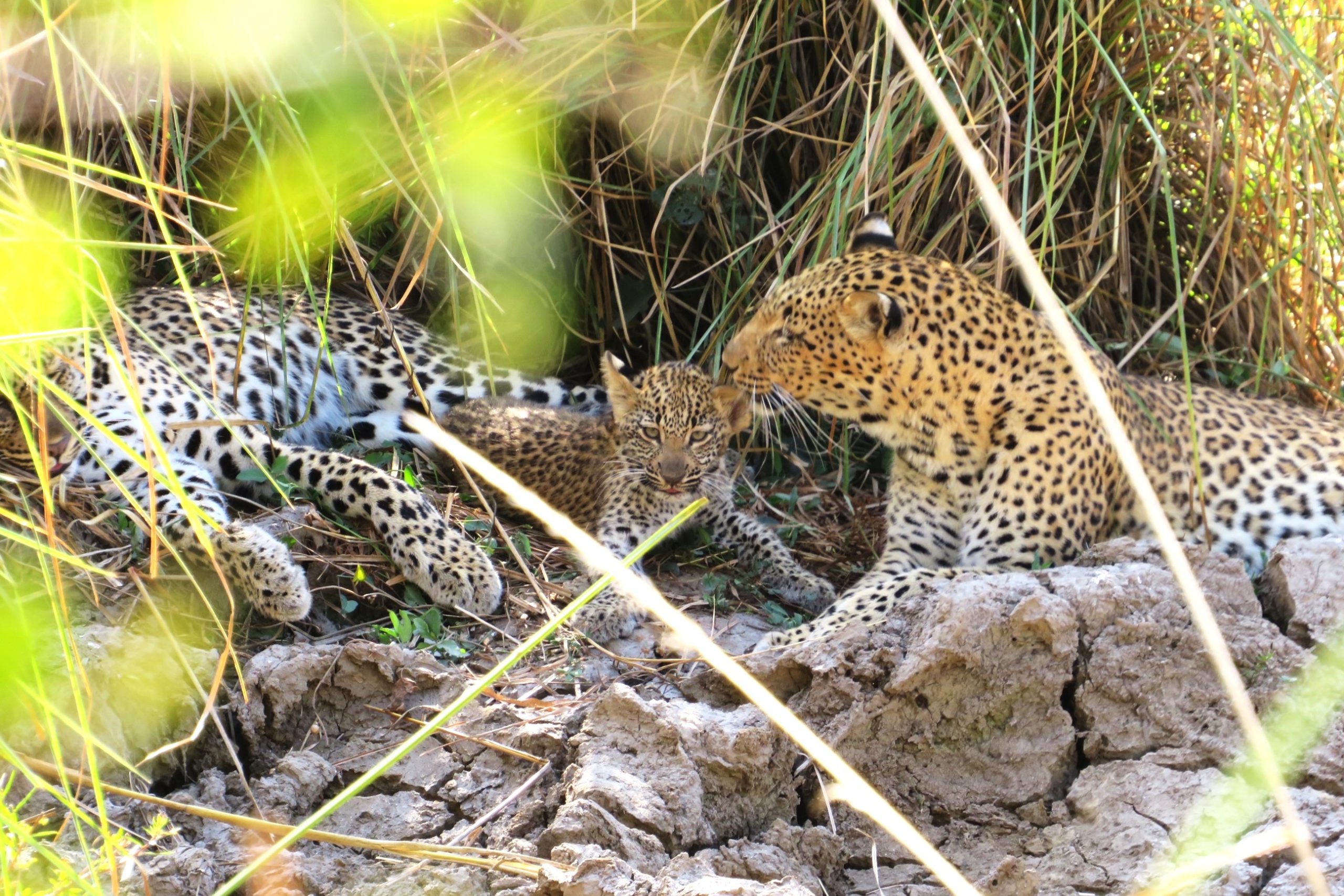
A very rare sighting of a multi-generational leopard family, Image Credit: Tim Sanders
But it’s not just the abundance of wildlife that continues to captivate Tim’s heart – it’s the people he meets along the way. From our attentive Travel Experts like Allison, who ensure every detail is taken care of, to the friendly staff at each lodge who make him feel like part of the family, Tim has been embraced by the warmth and hospitality that’s uniquely African.
“This was my fifth time with Rhino Africa, and it definitely will not be my last! Five stars all around!” – Tim Sanders

Elephants frolicking in the river, Image Credit: Tim Sanders
Here’s to Your Next Chapter, Tim!
As the sun sets on Tim’s latest adventure, he eagerly awaits his next, yearning to once again set foot on the hallowed soil of our extraordinary continent. However, he knows that this parting is only temporary, for Africa’s irresistible charm beckons him back to create a collection of even more extraordinary memories.
We extend a heartfelt invitation for you to immerse yourself in the resplendence of Africa, allowing it to seize your imagination. Contact us to help you weave your very own story that will leave you forever captivated by the spirit of Africa.





